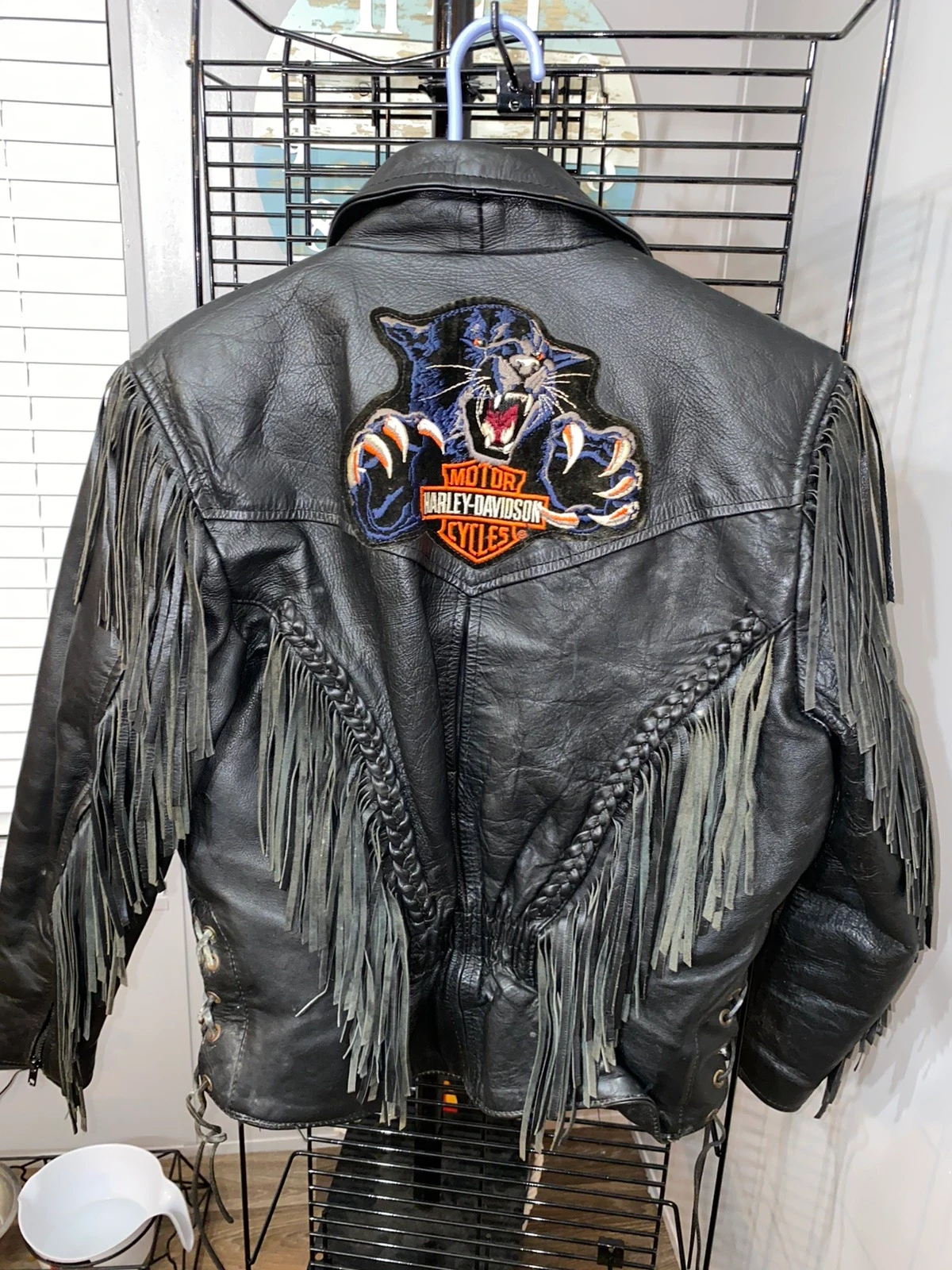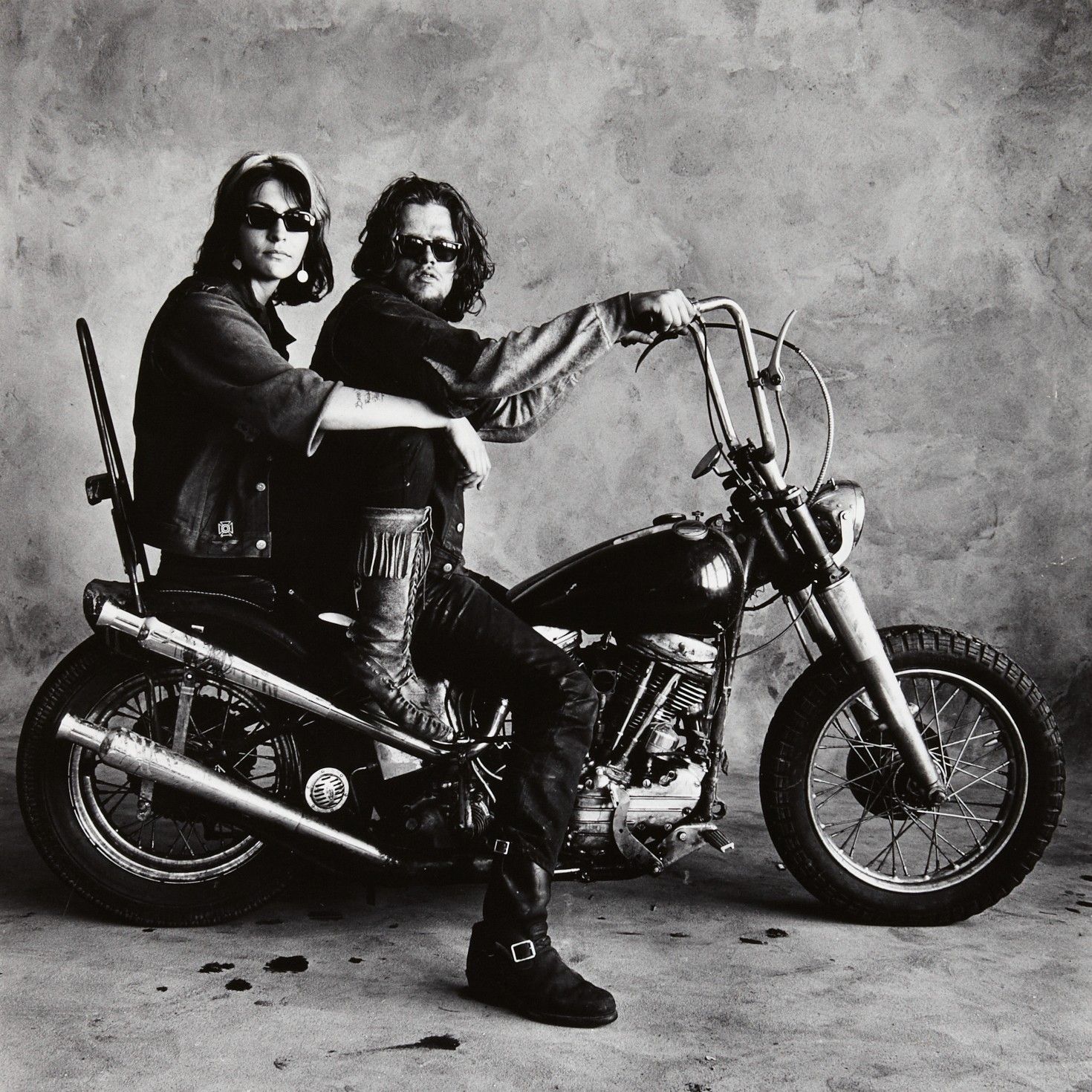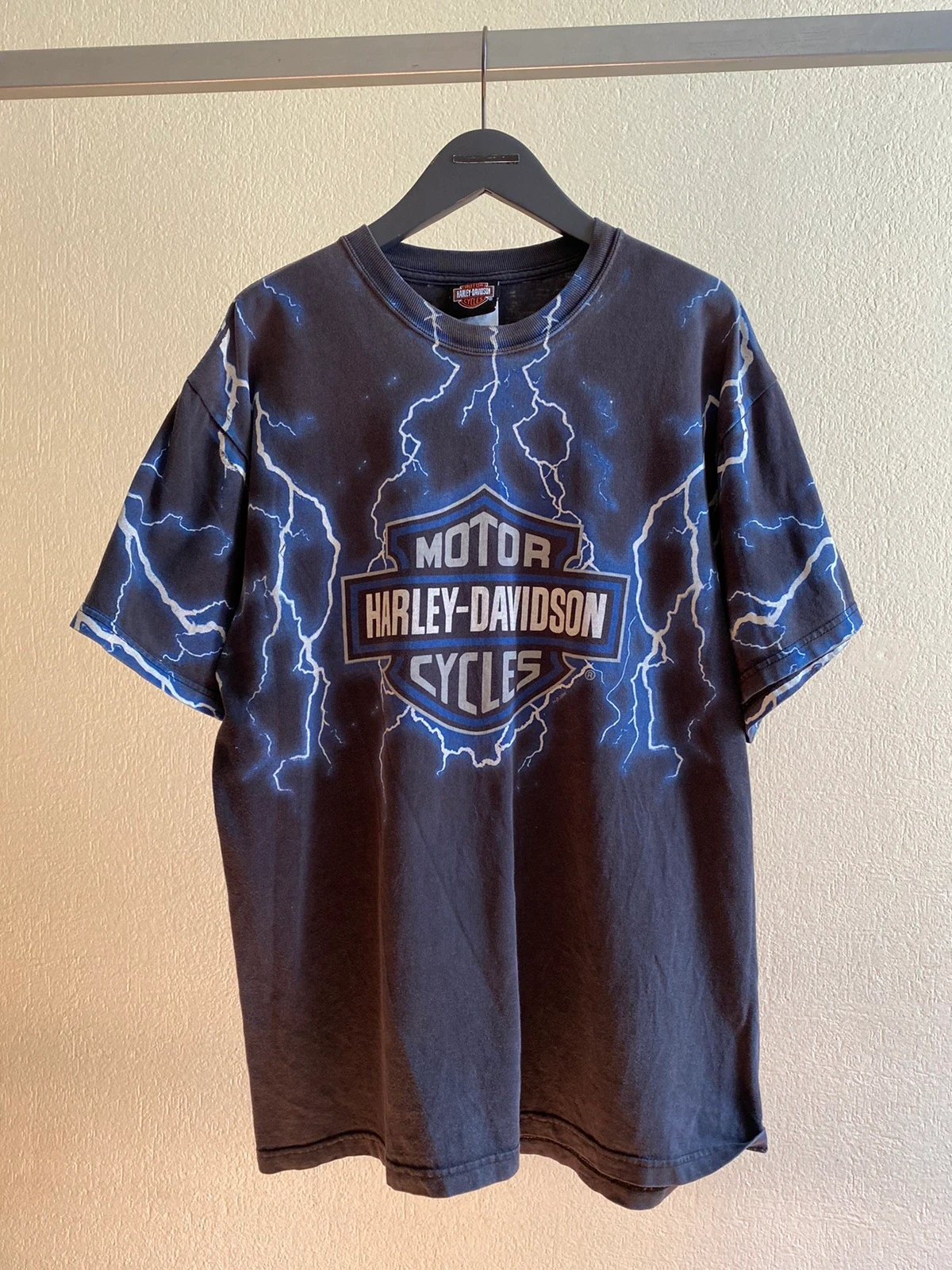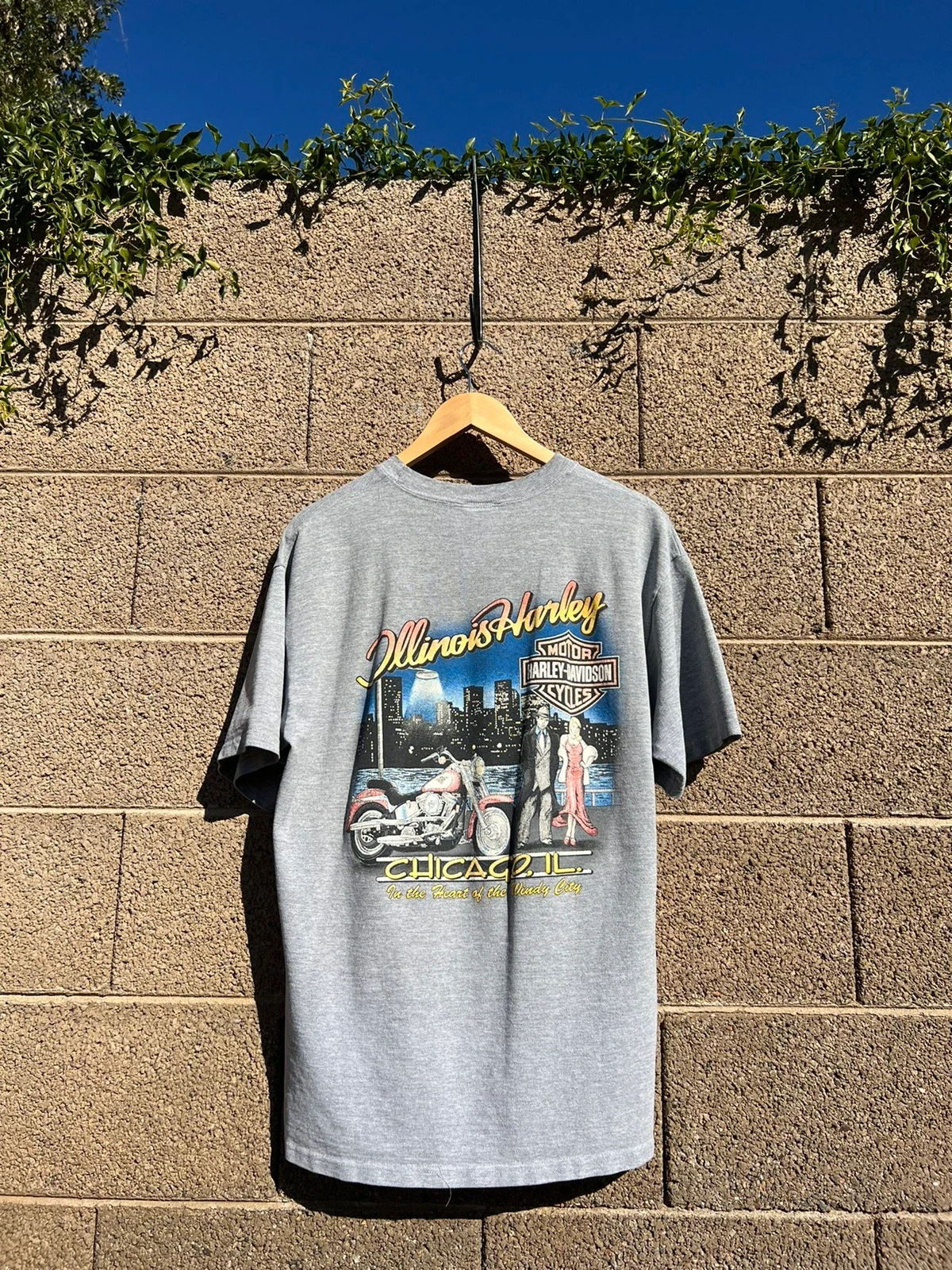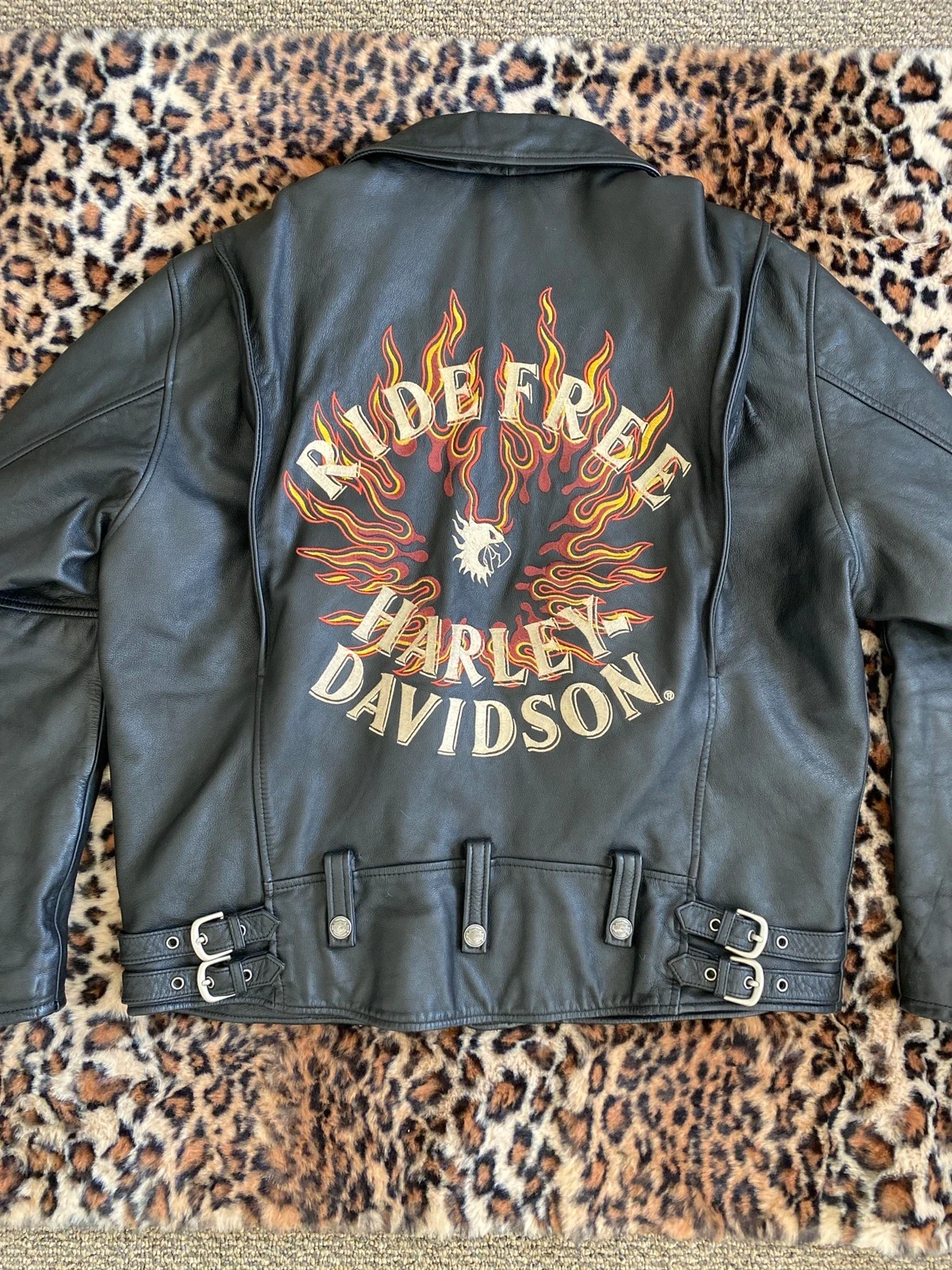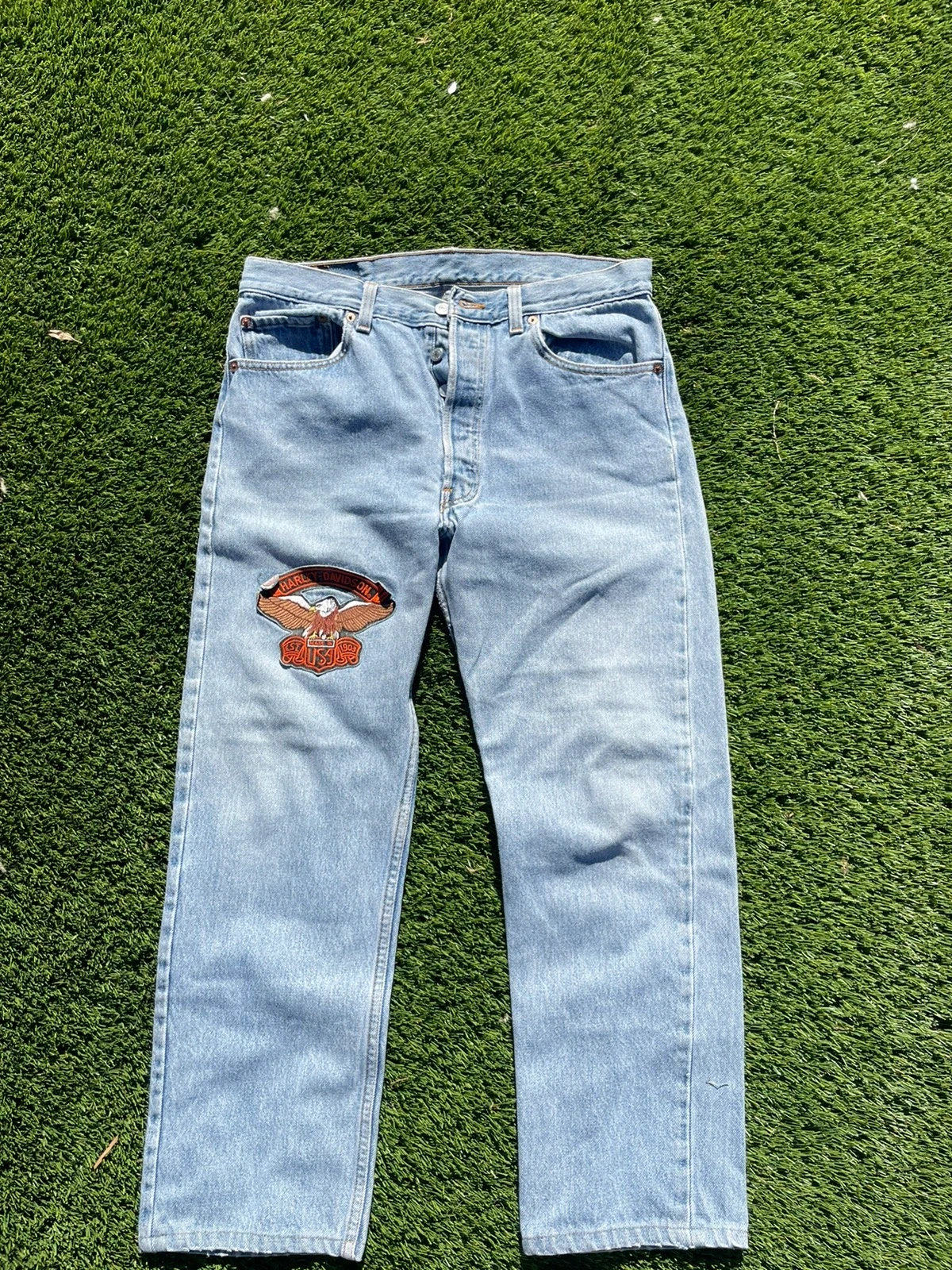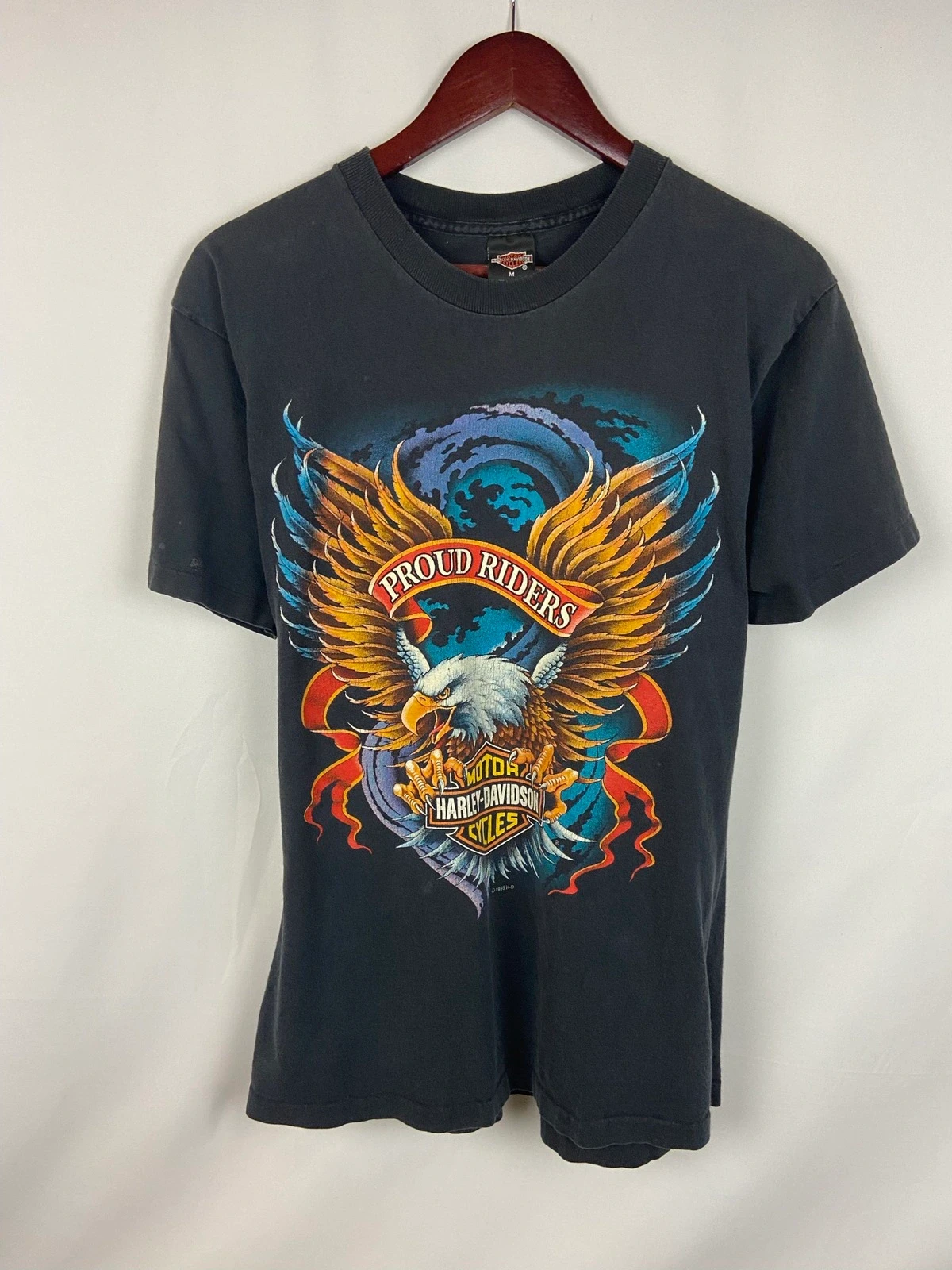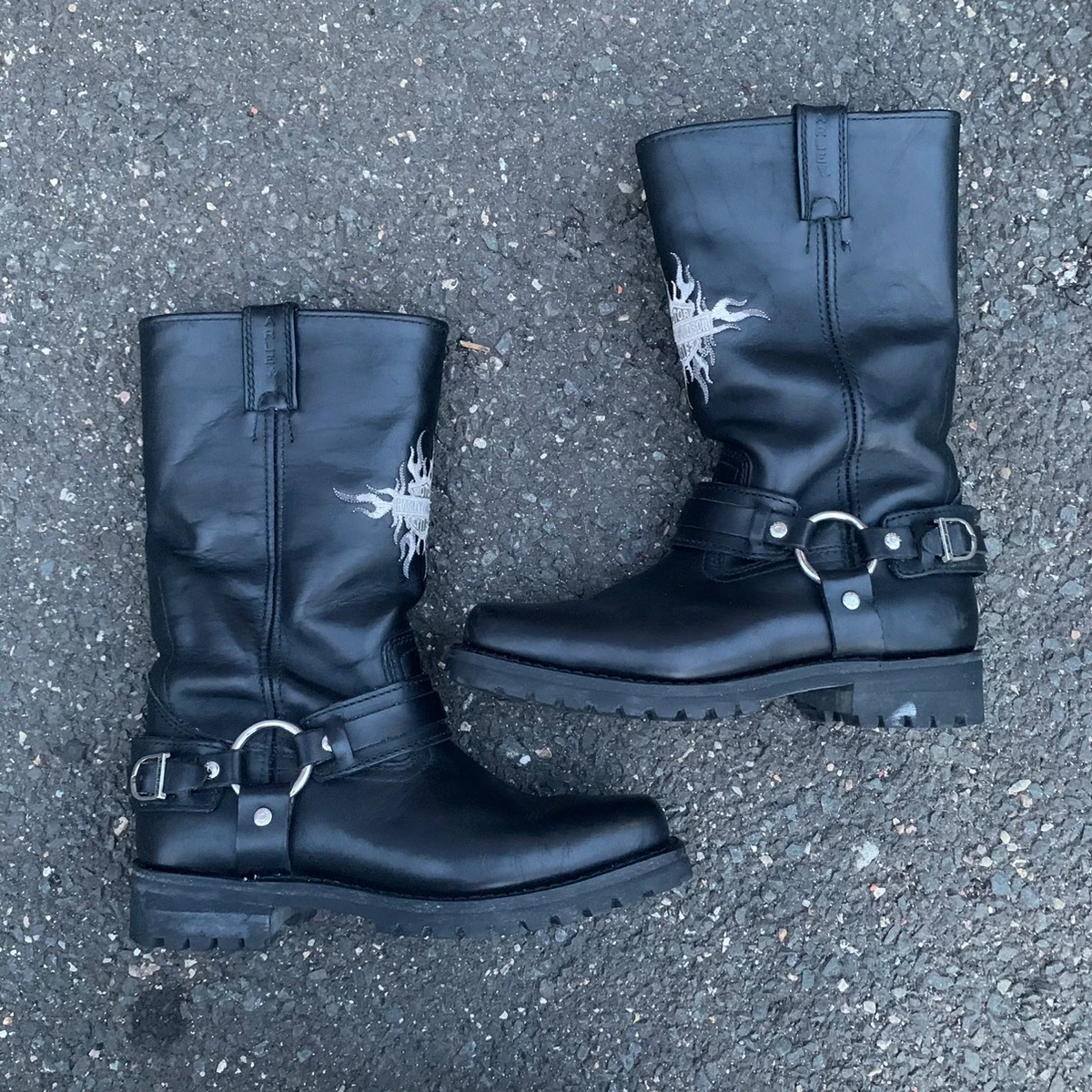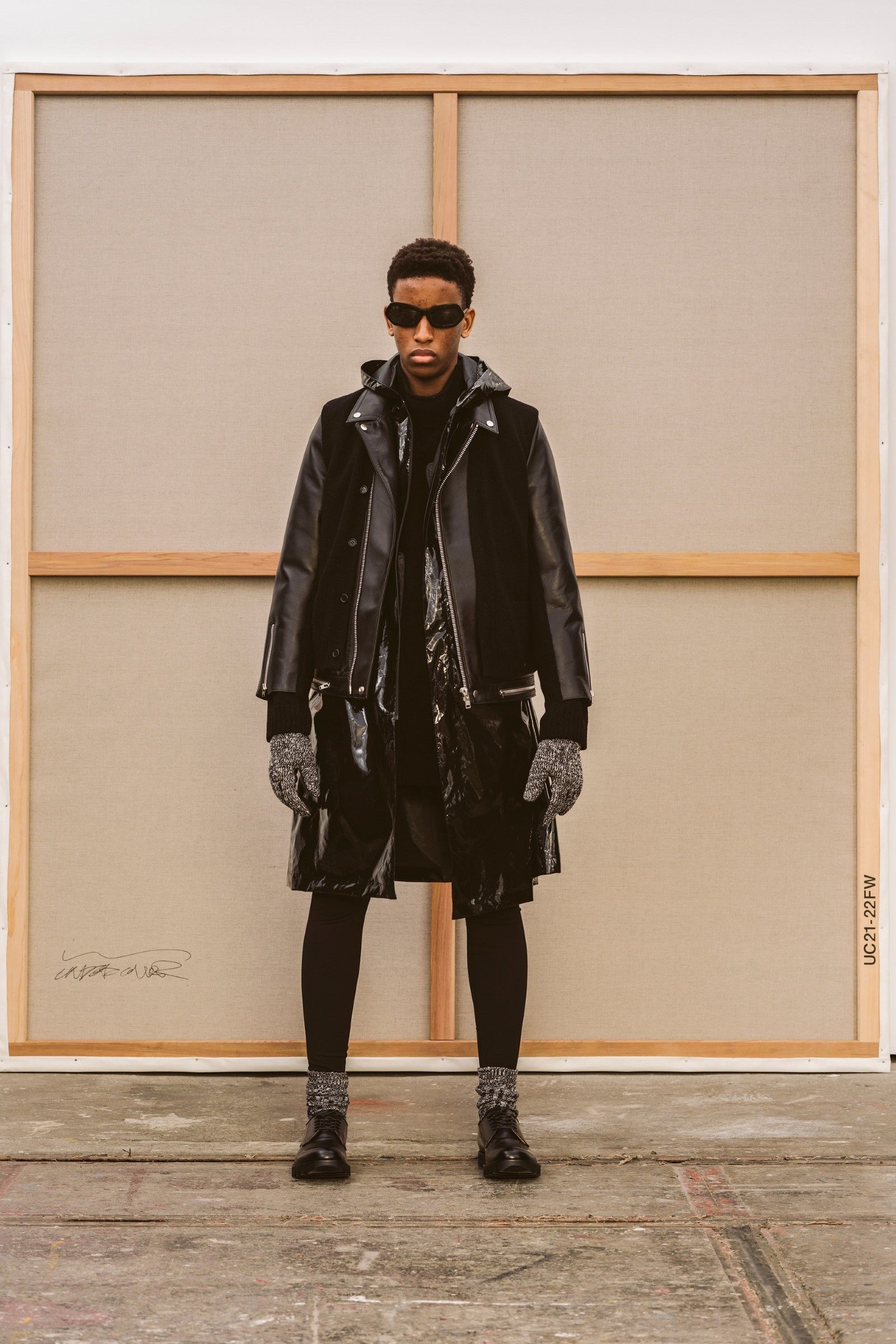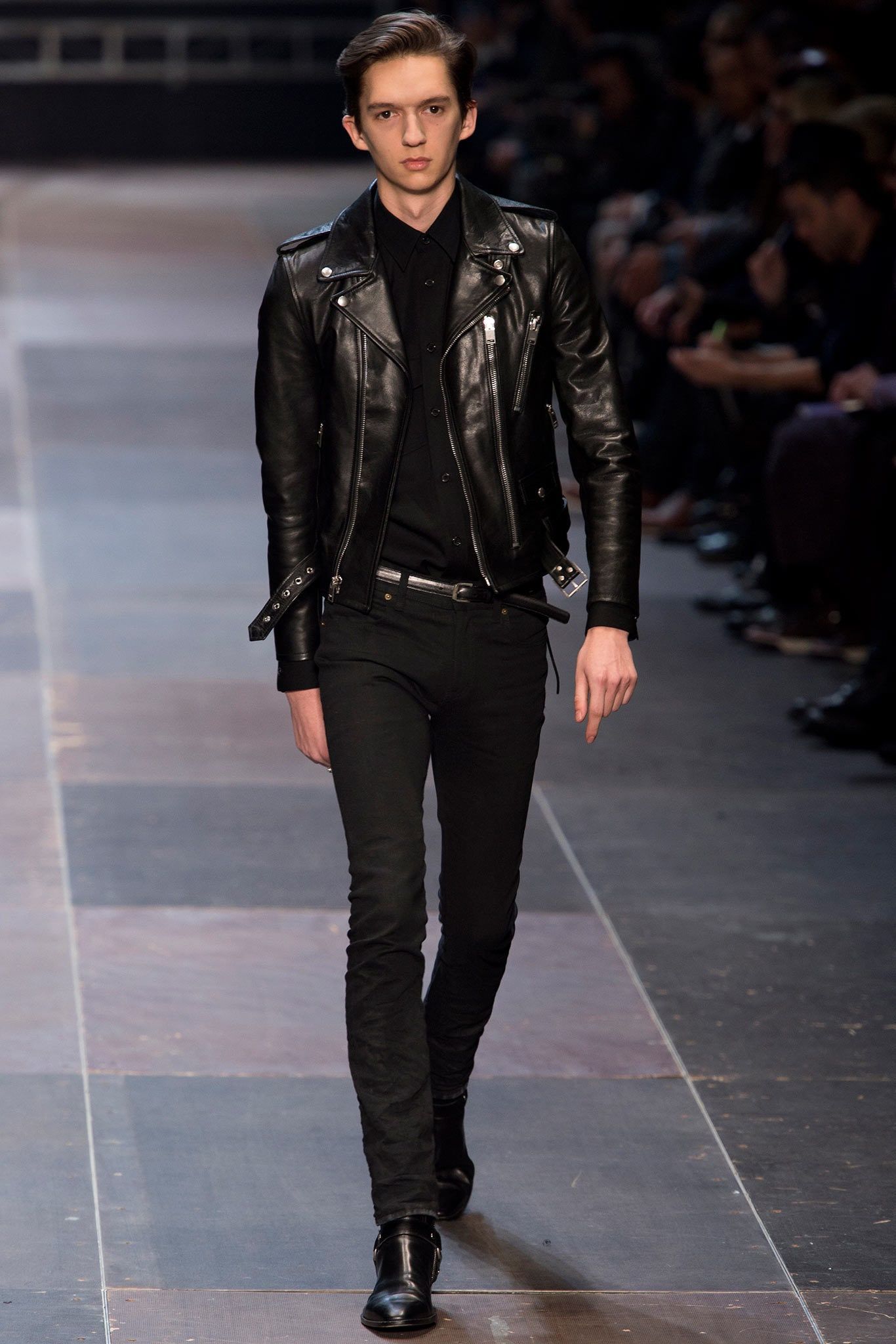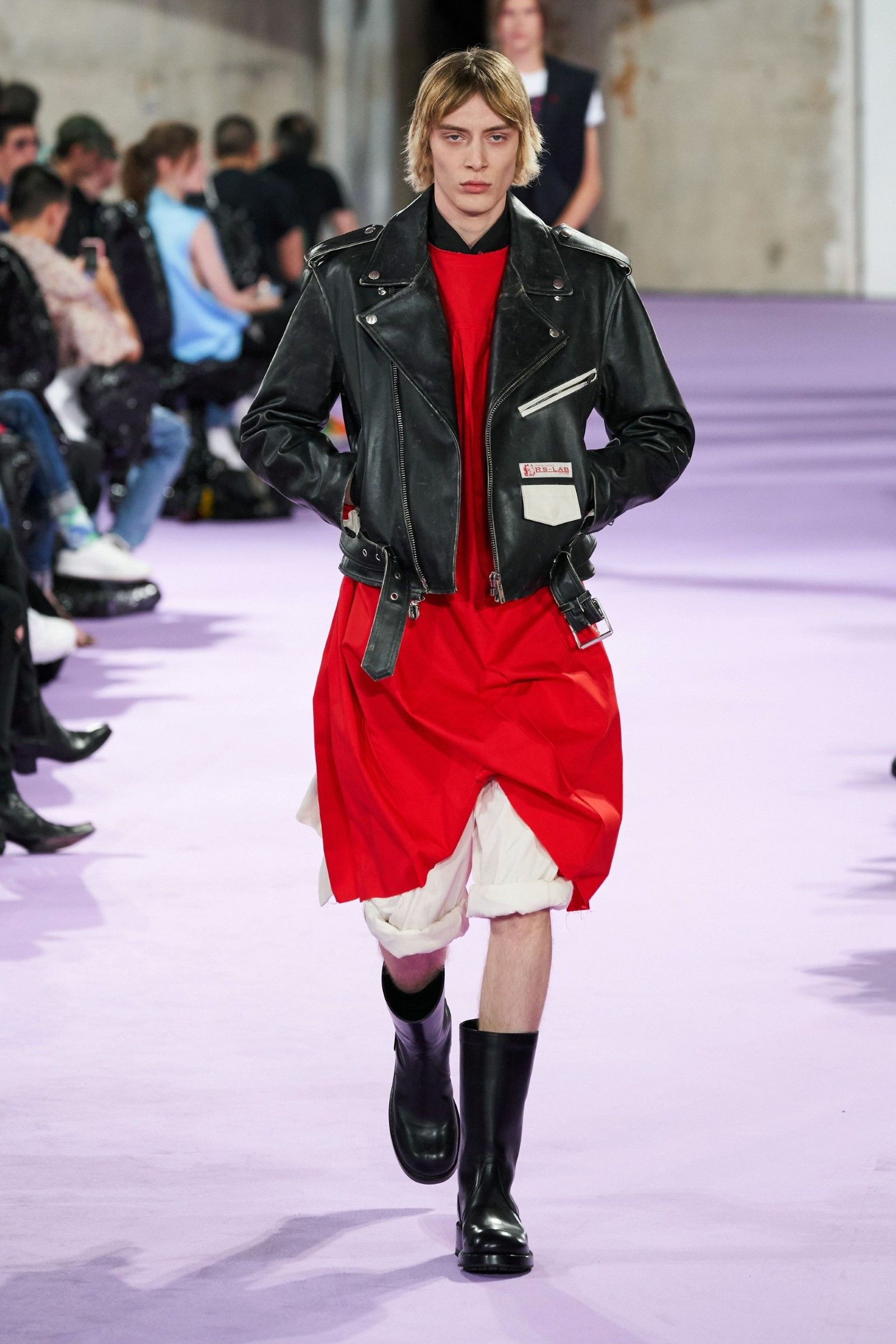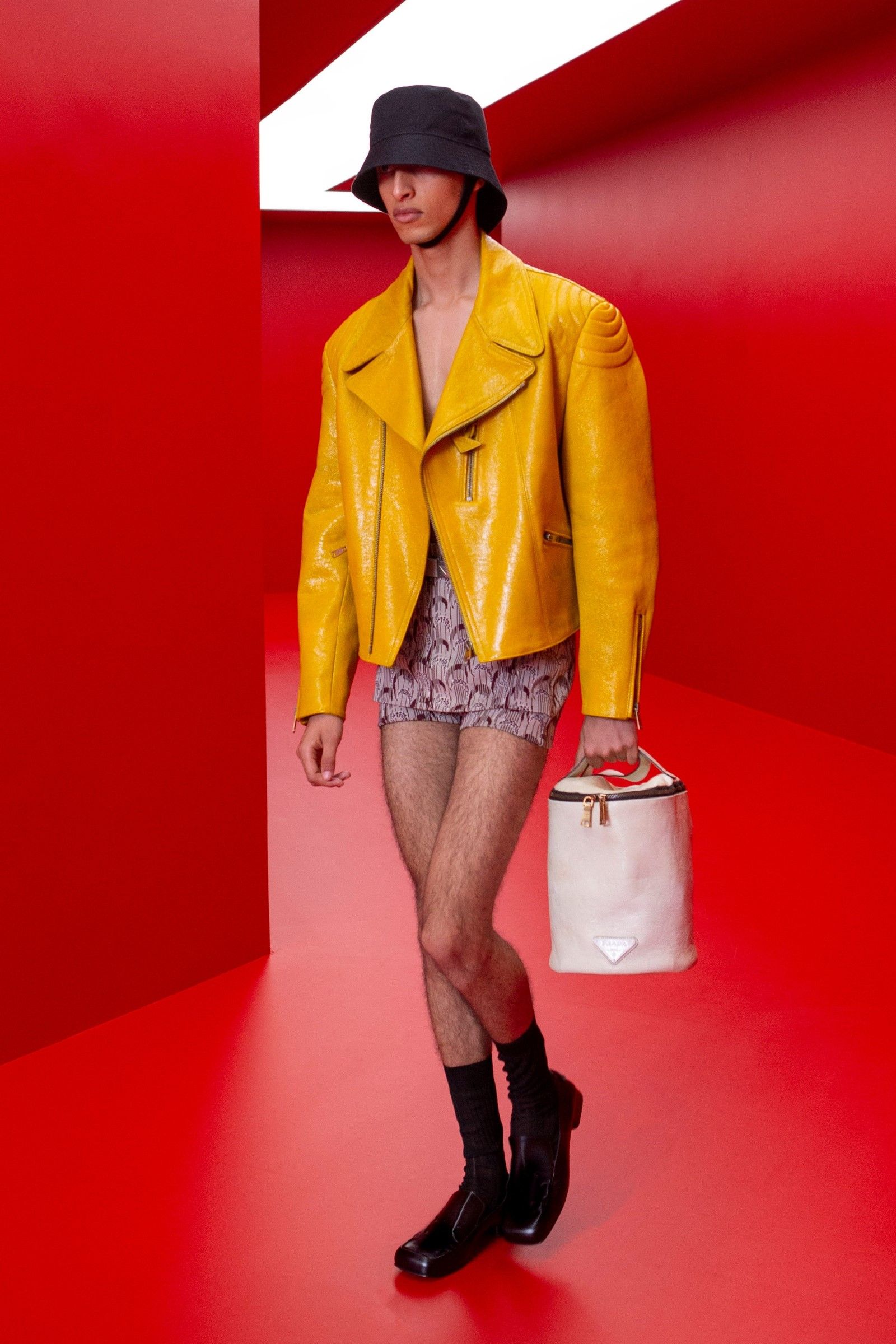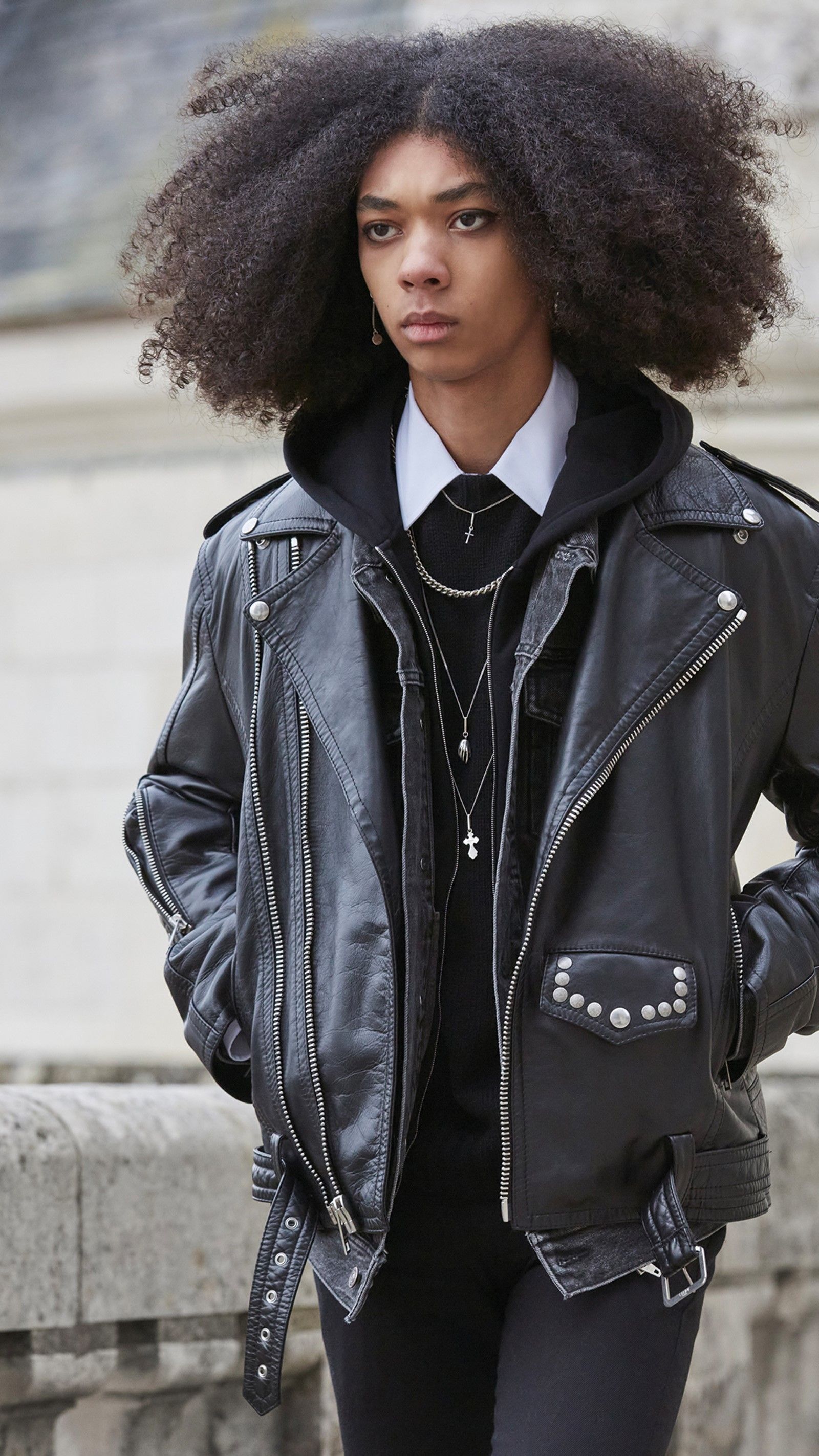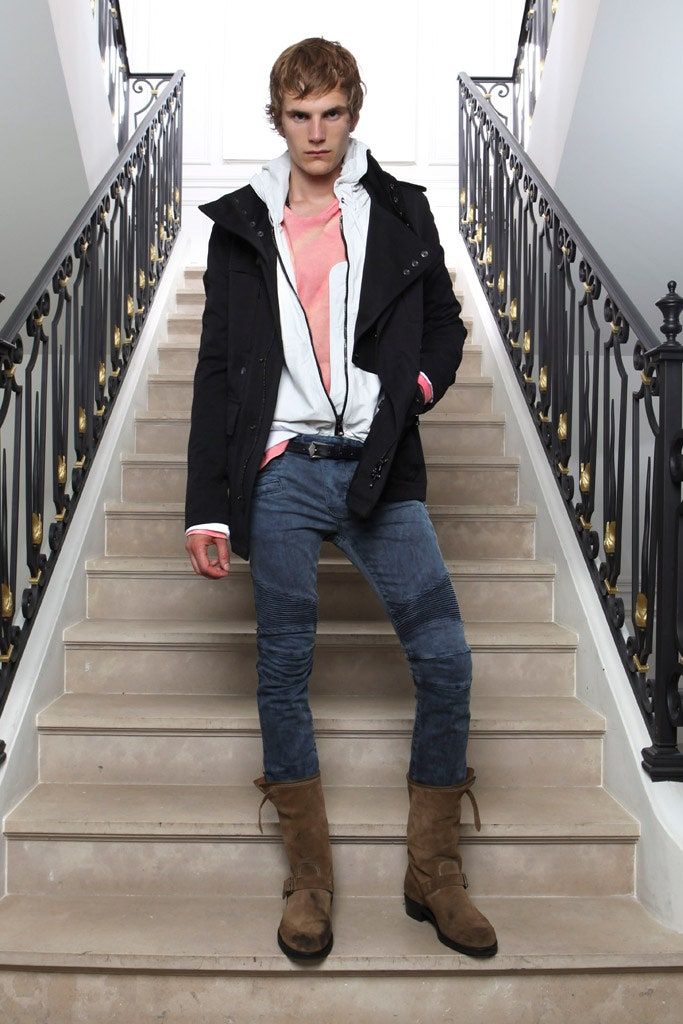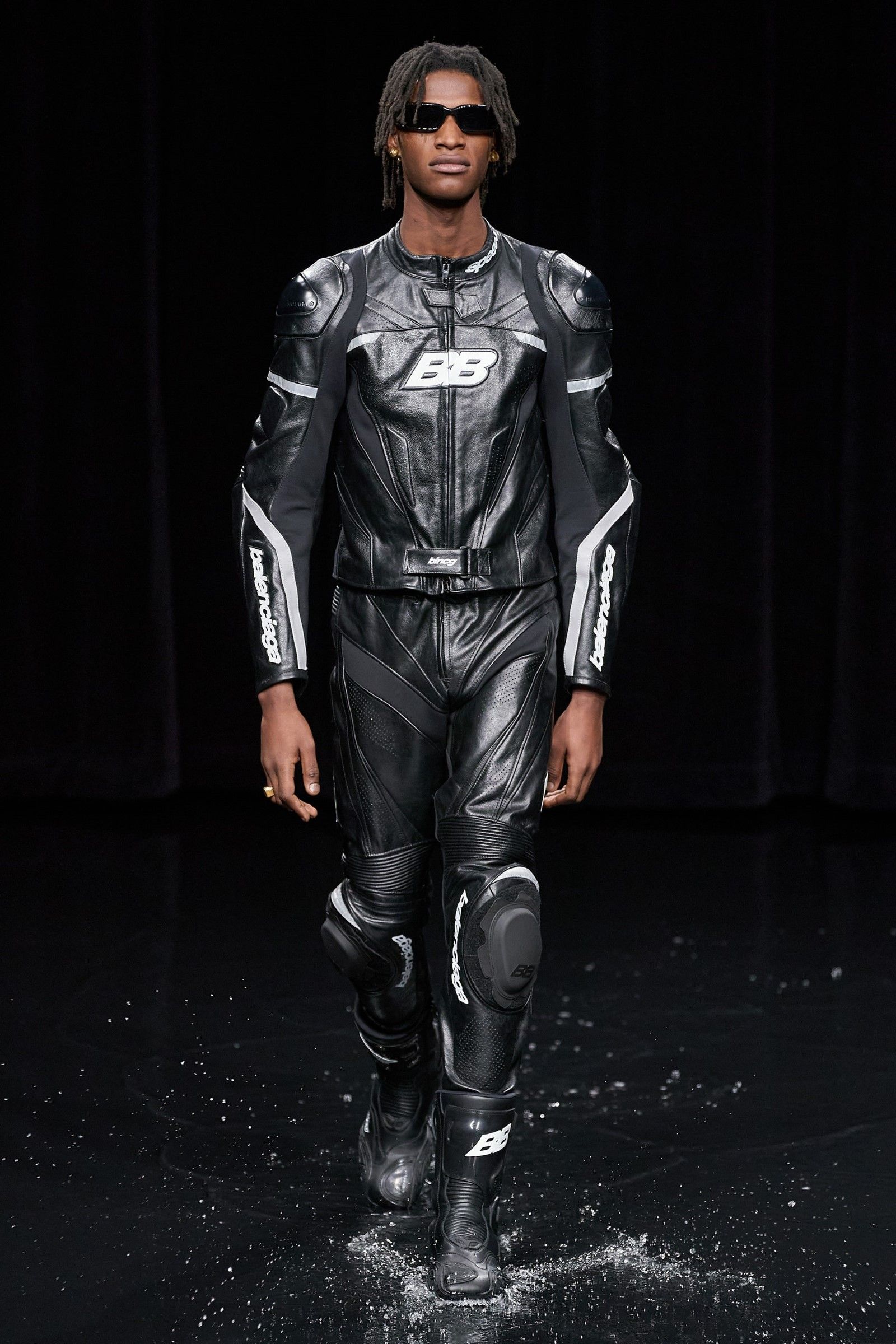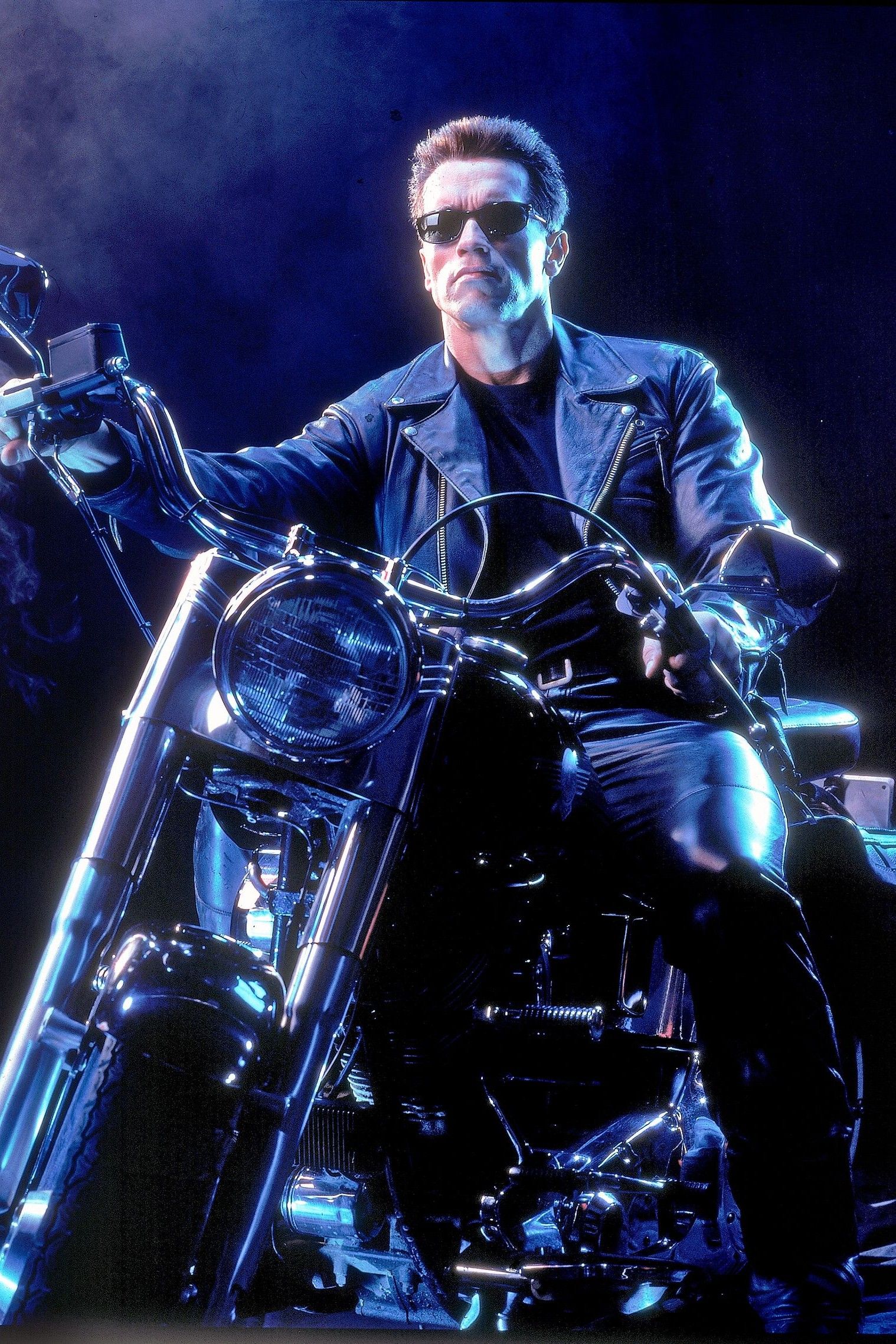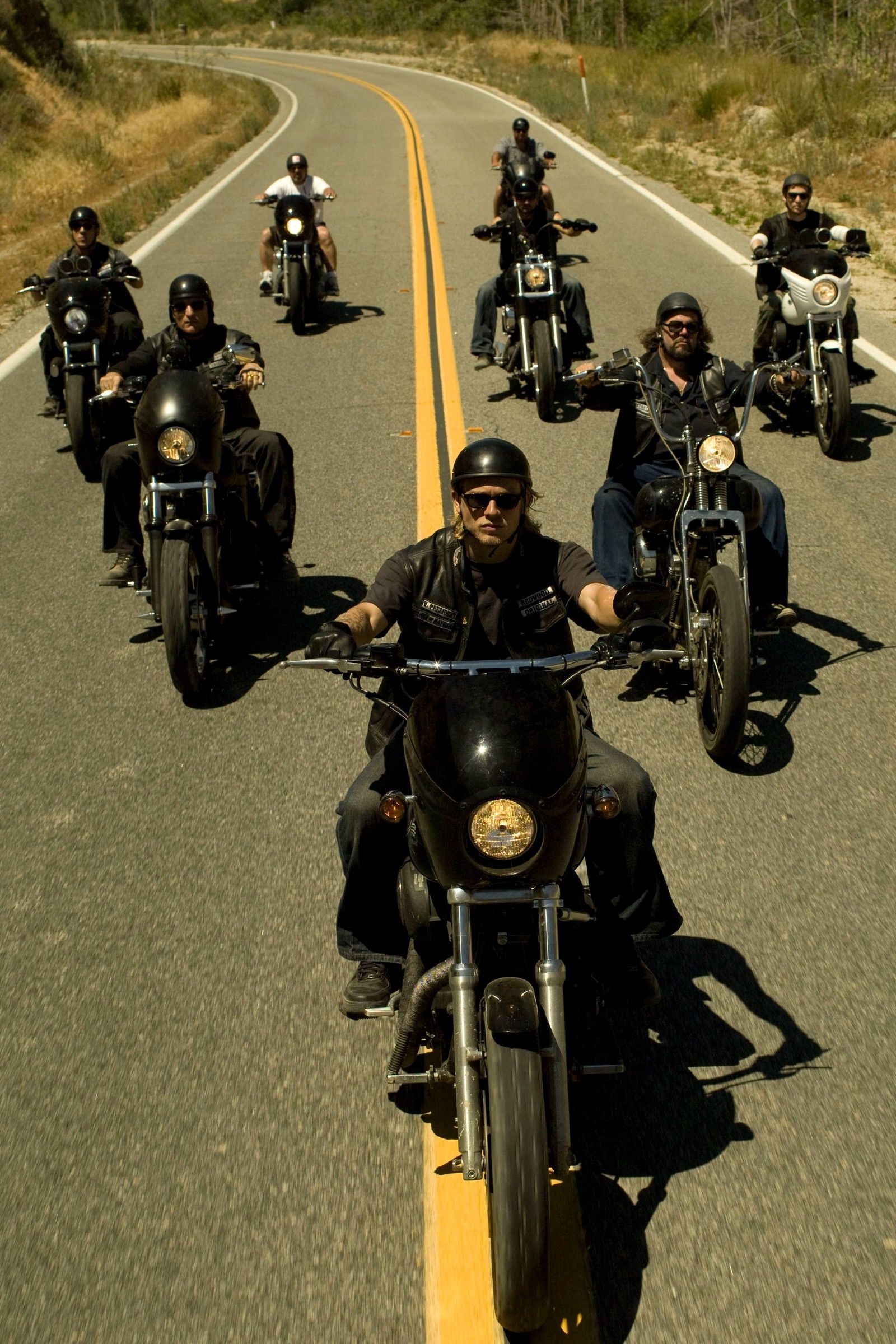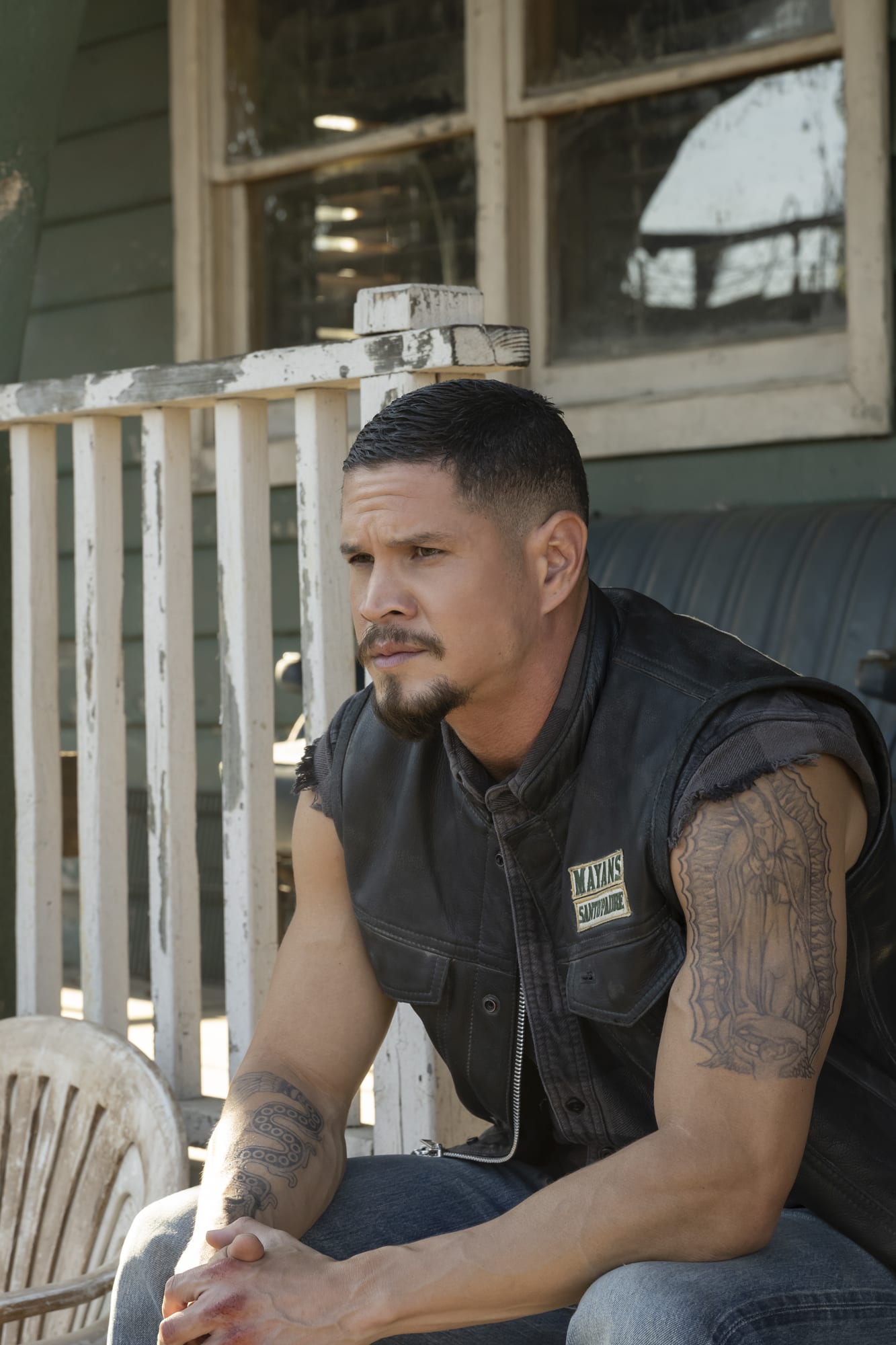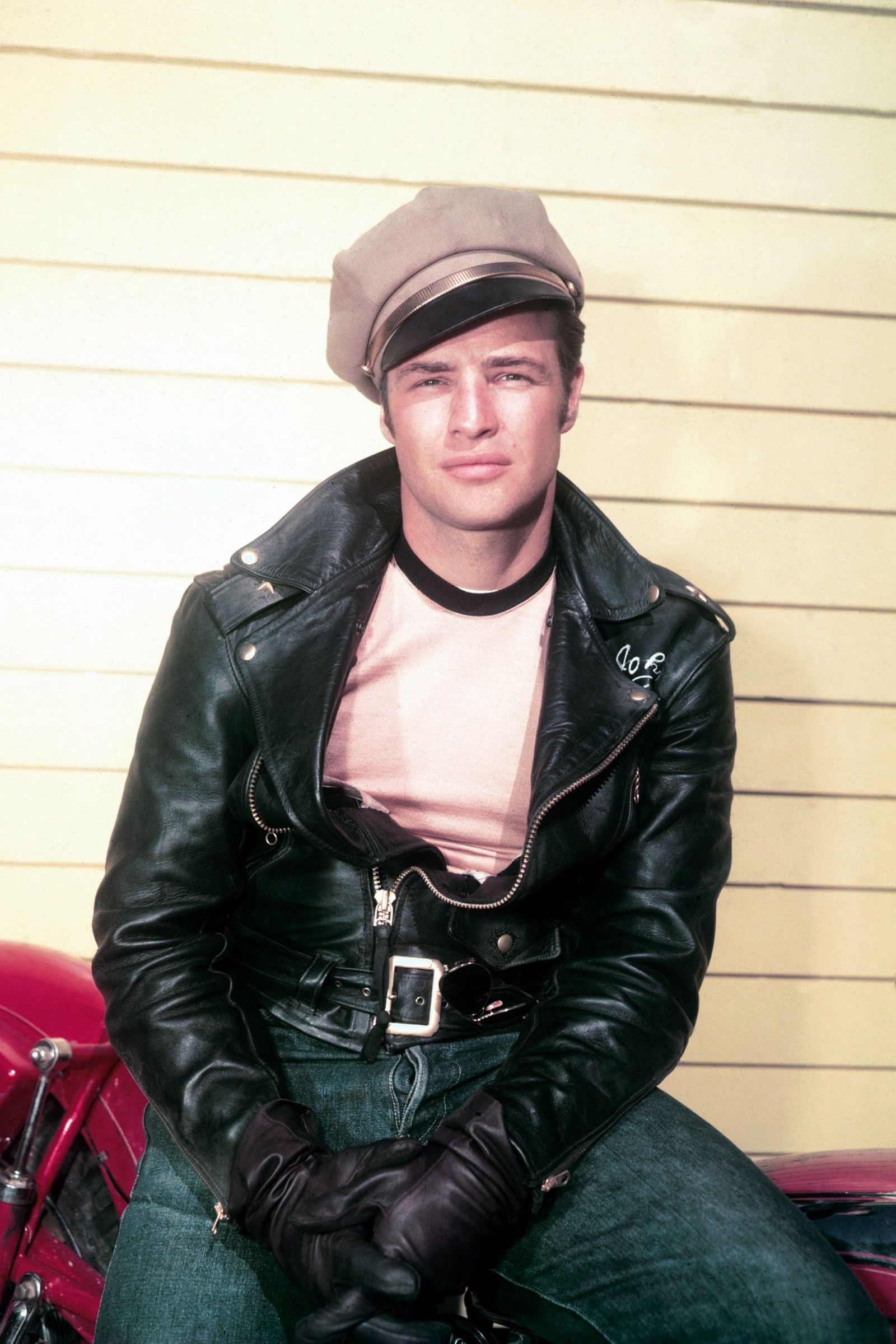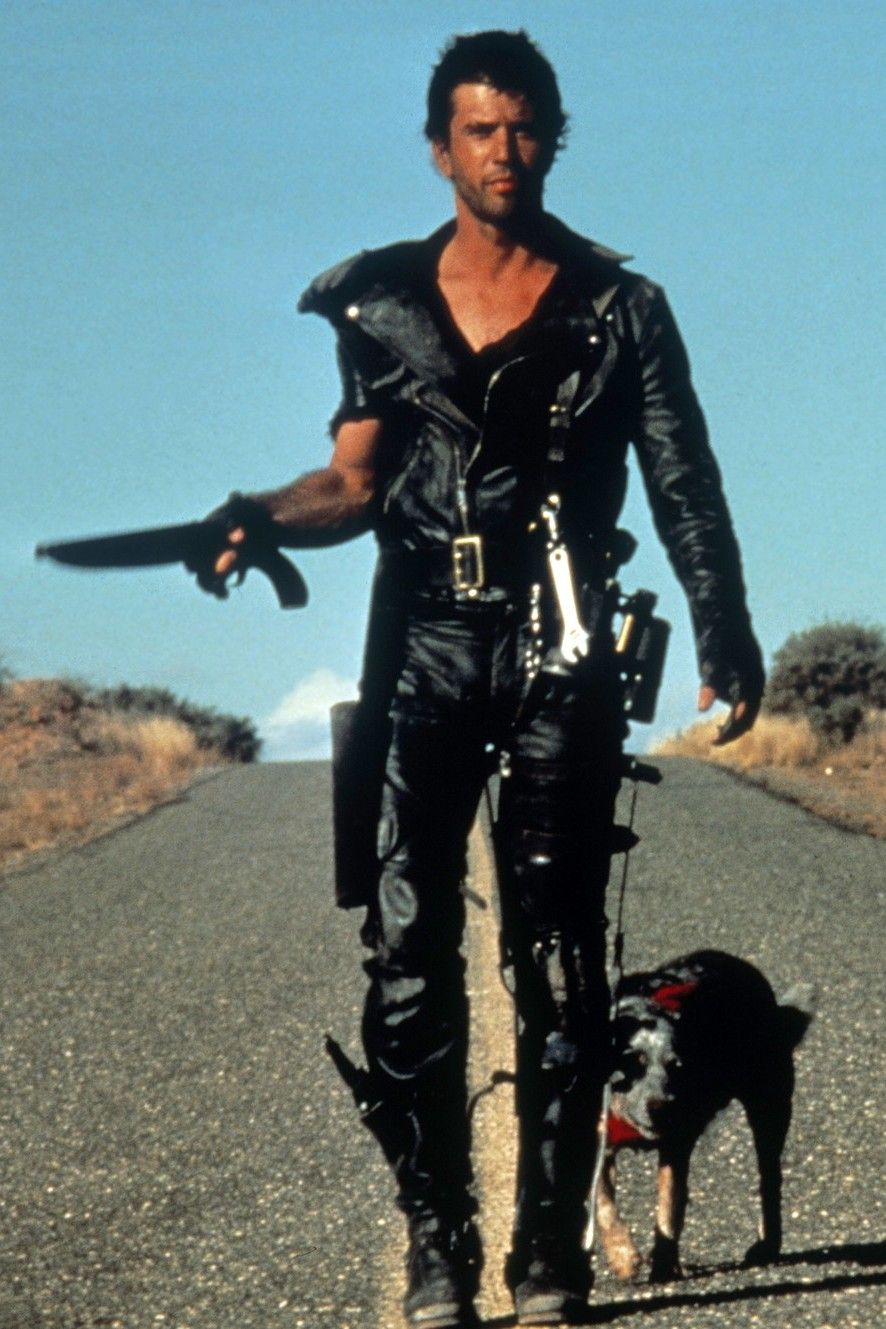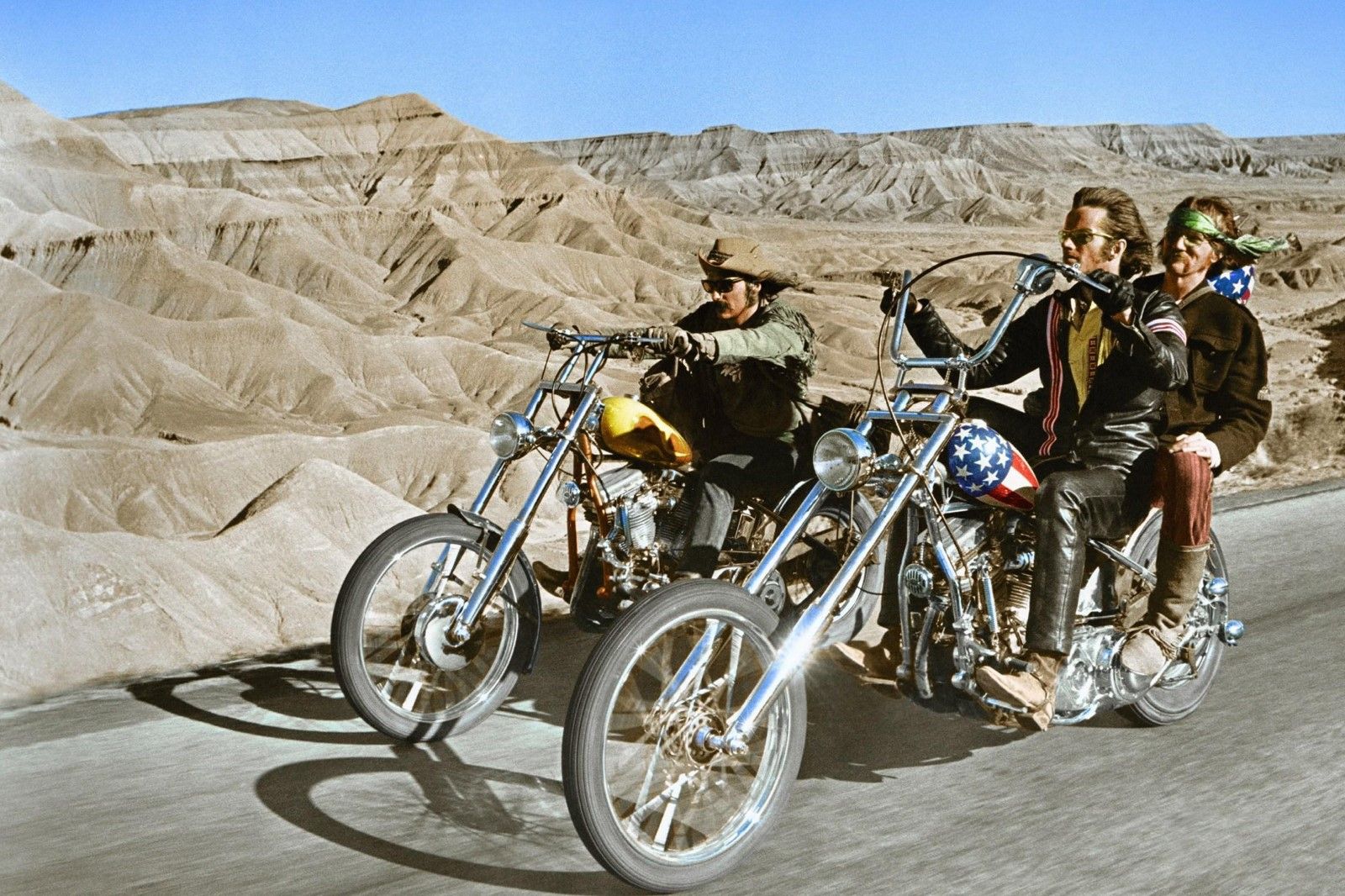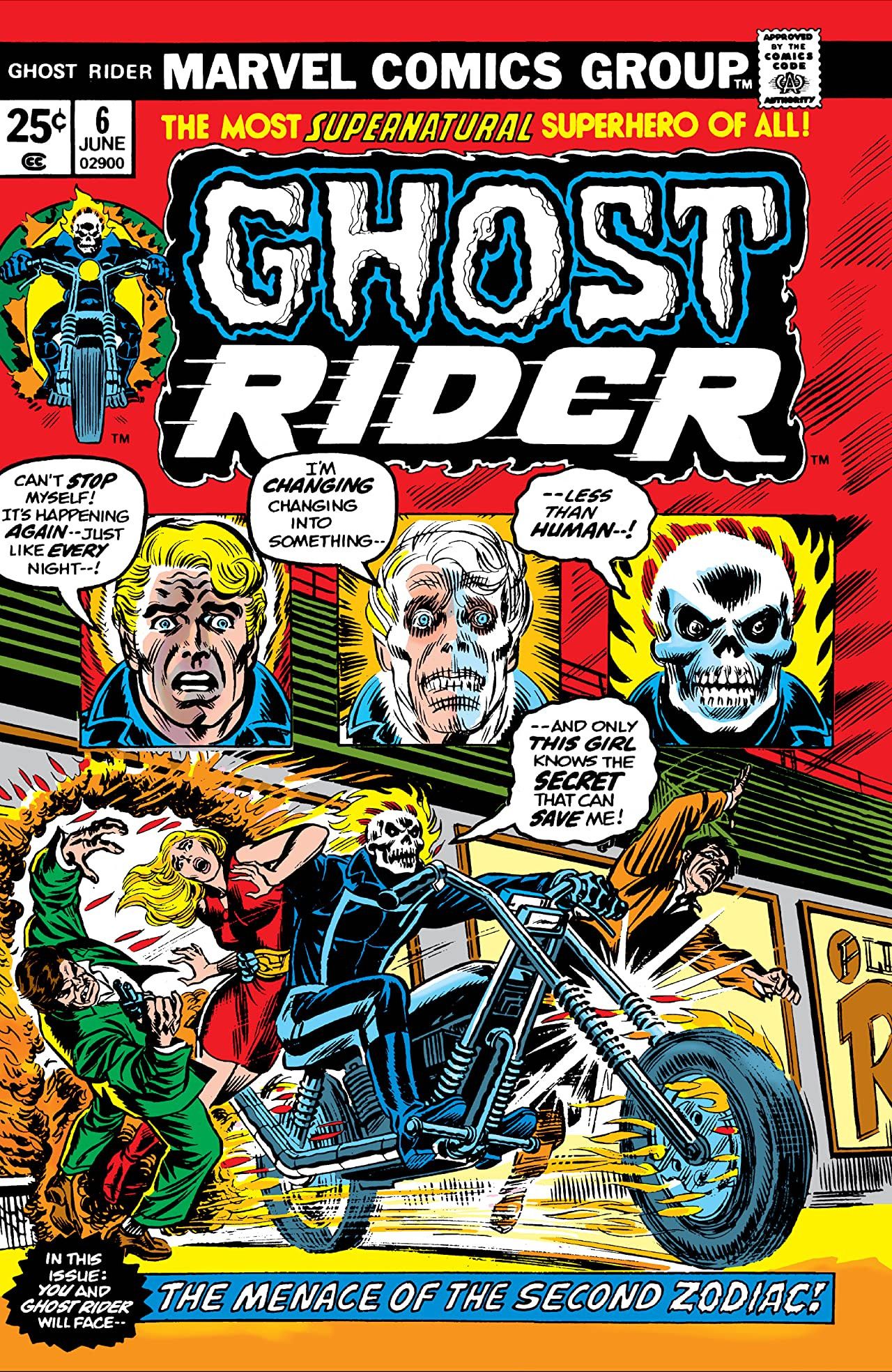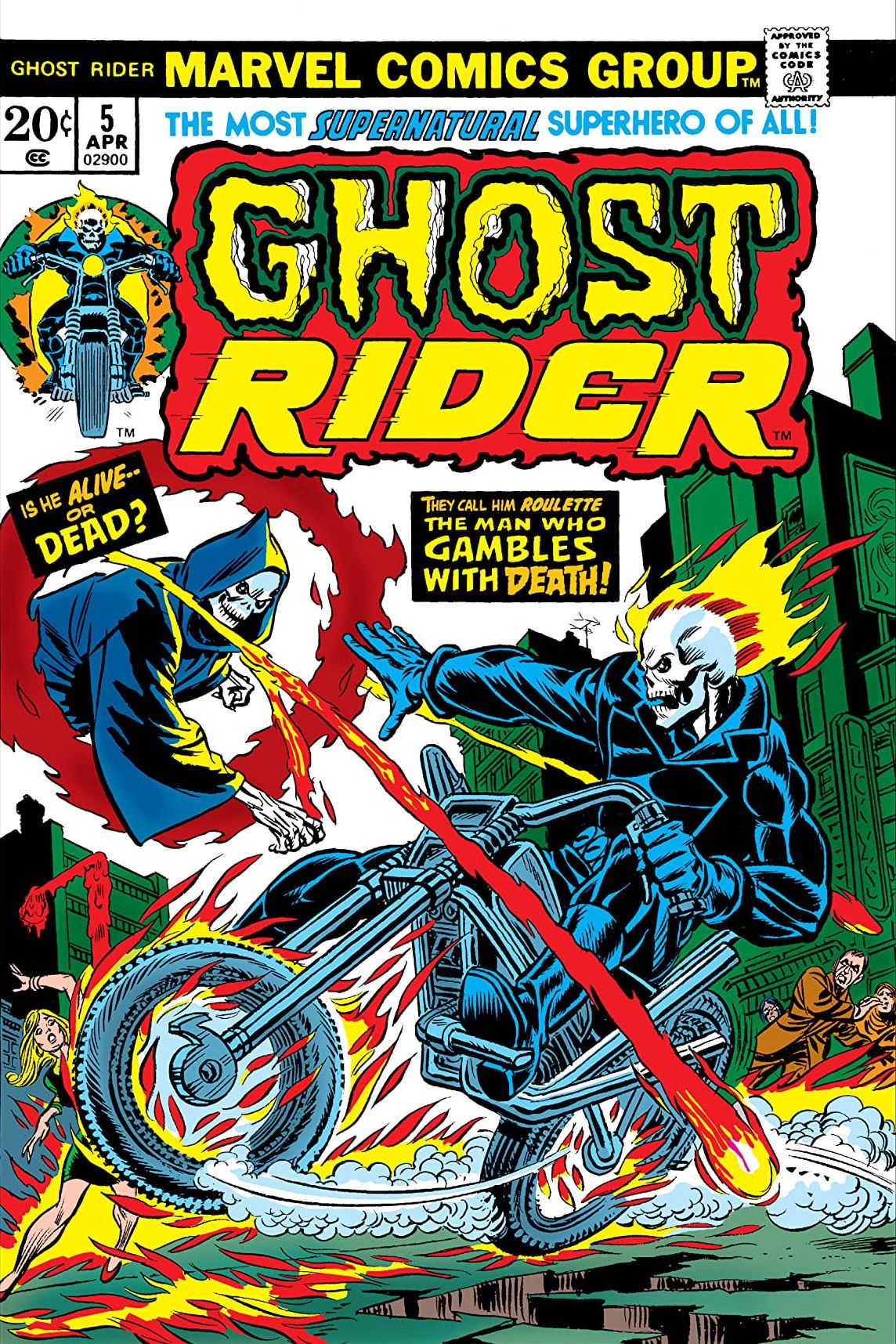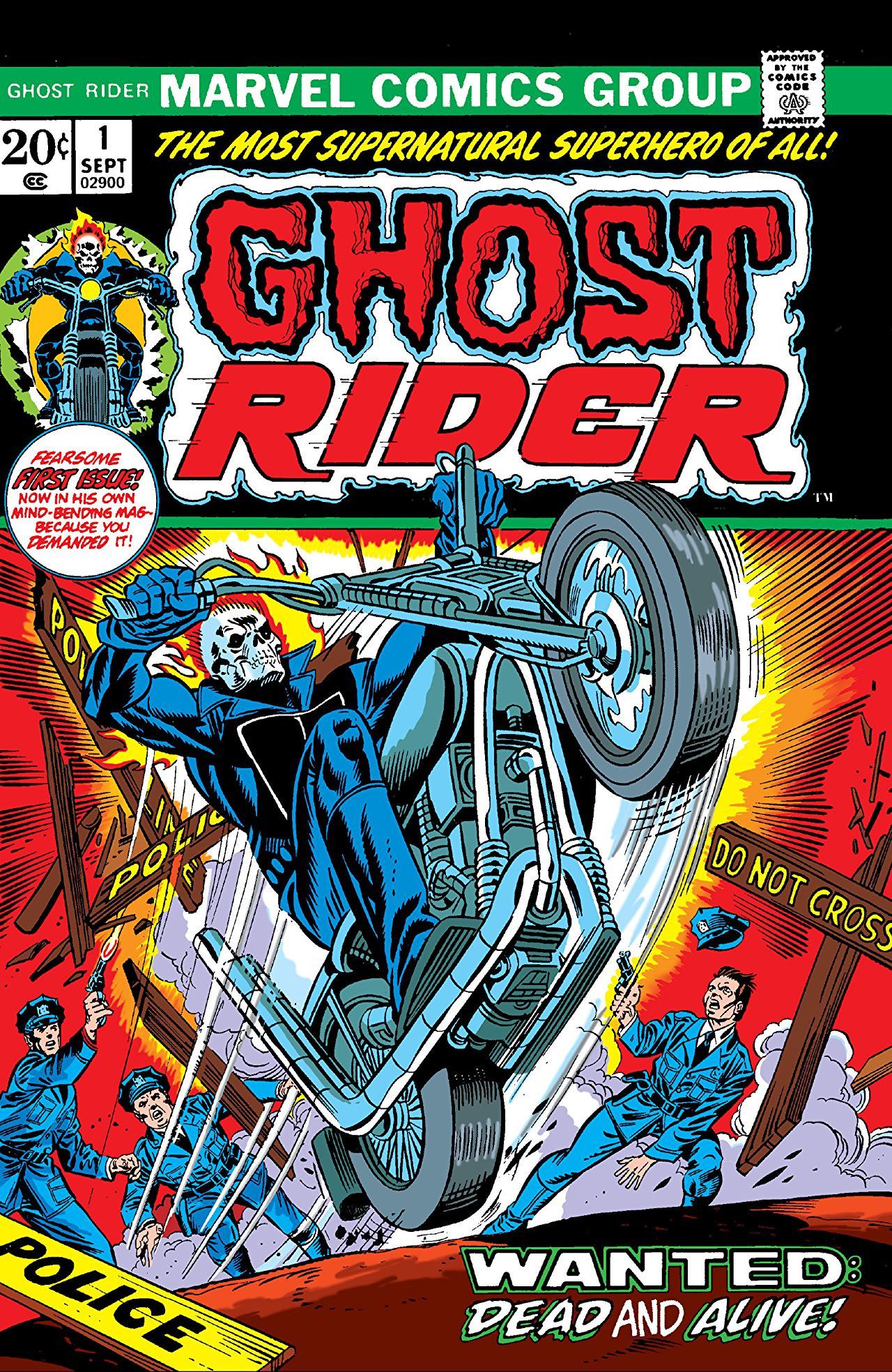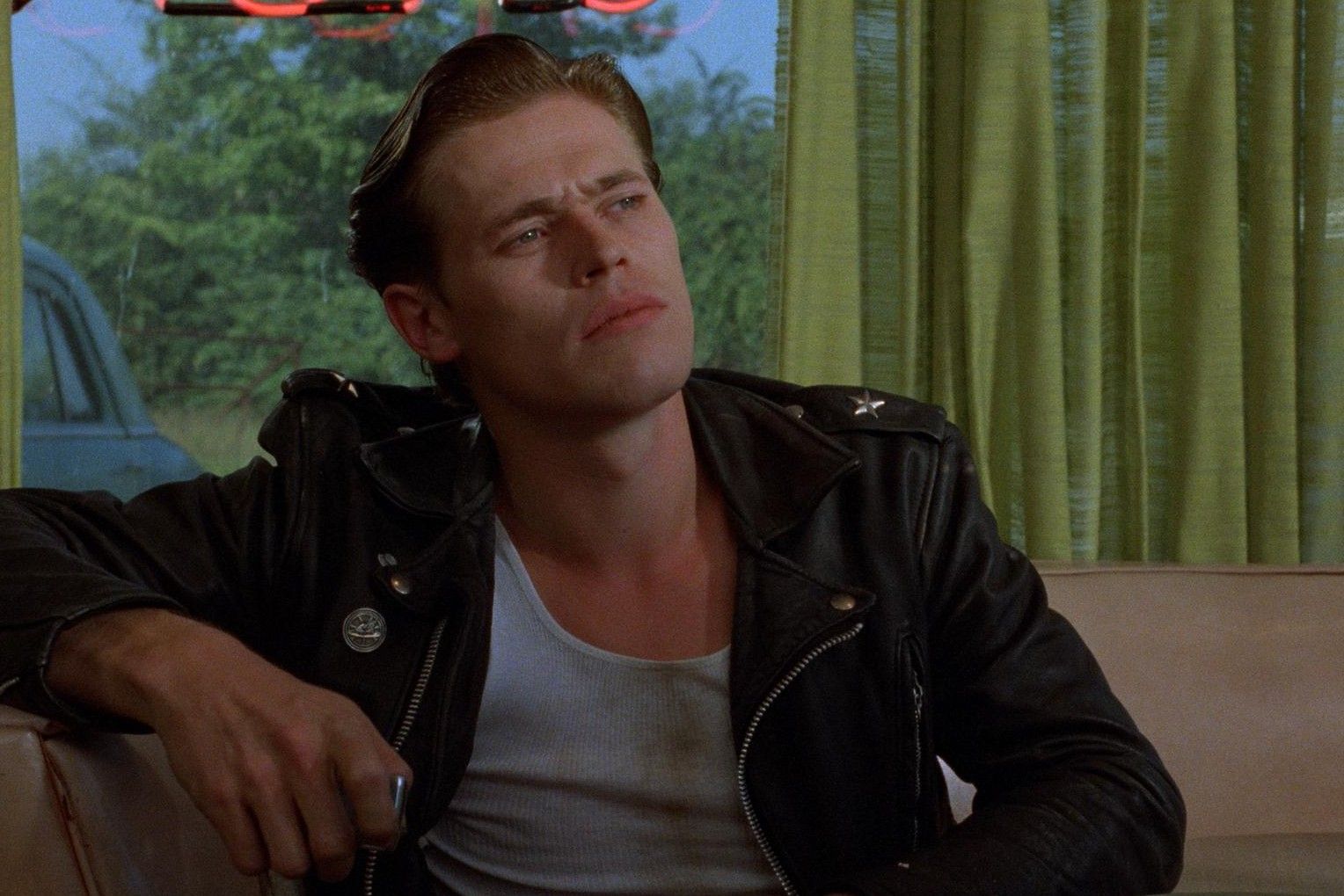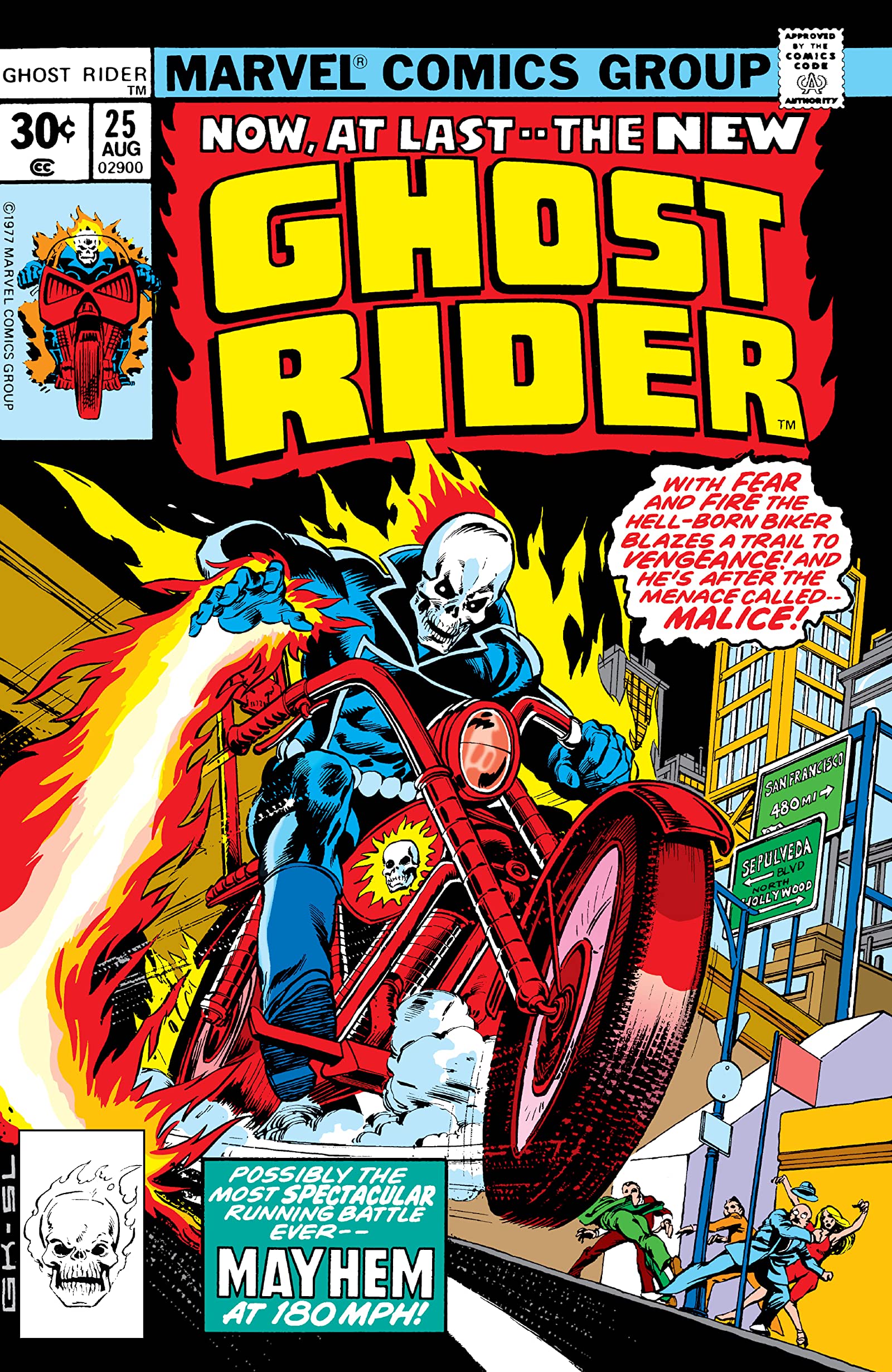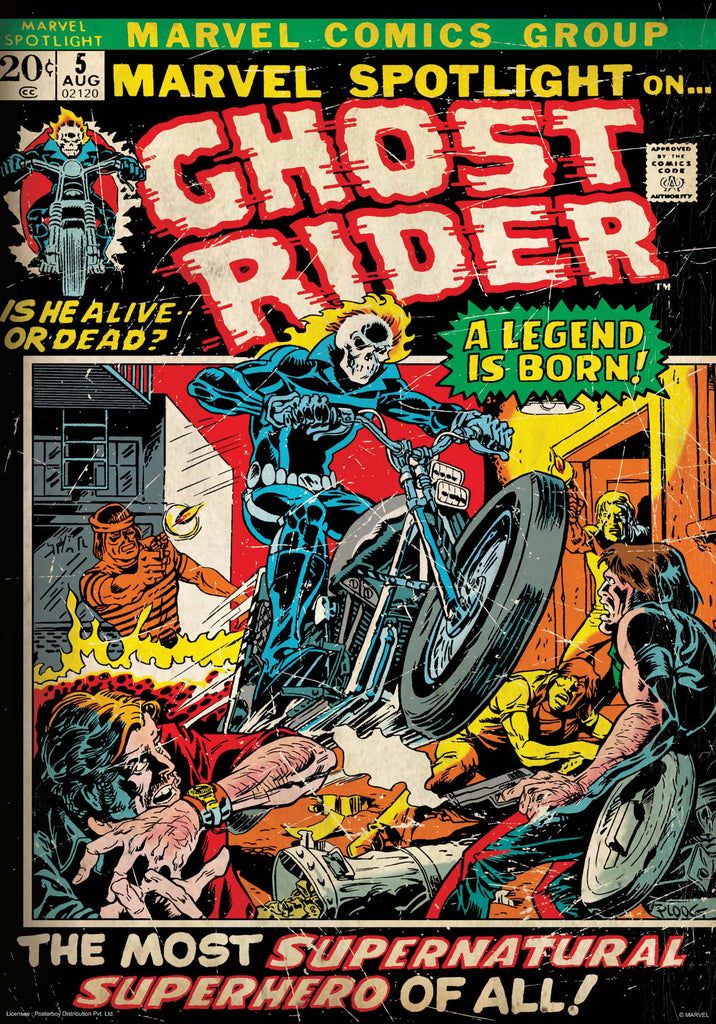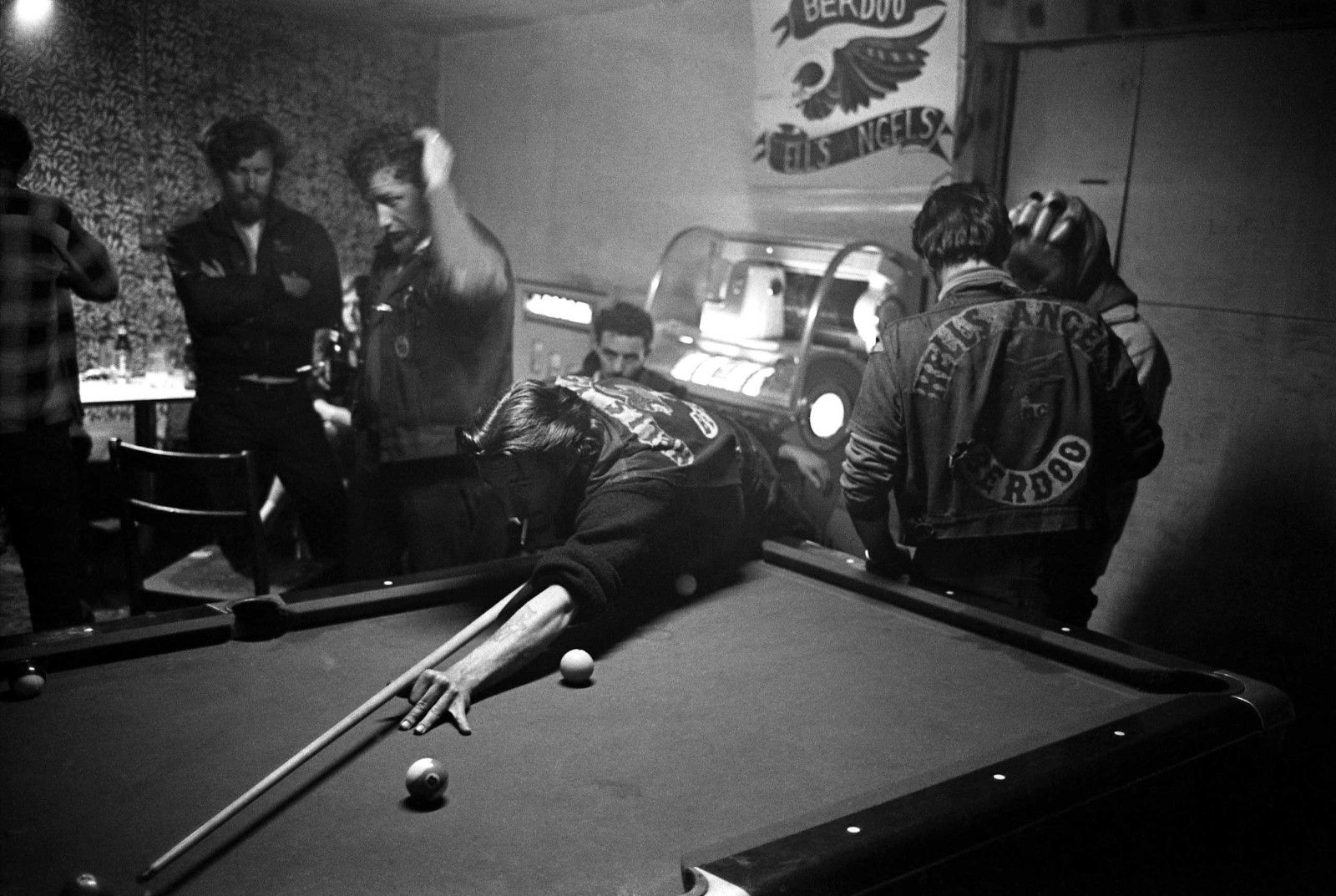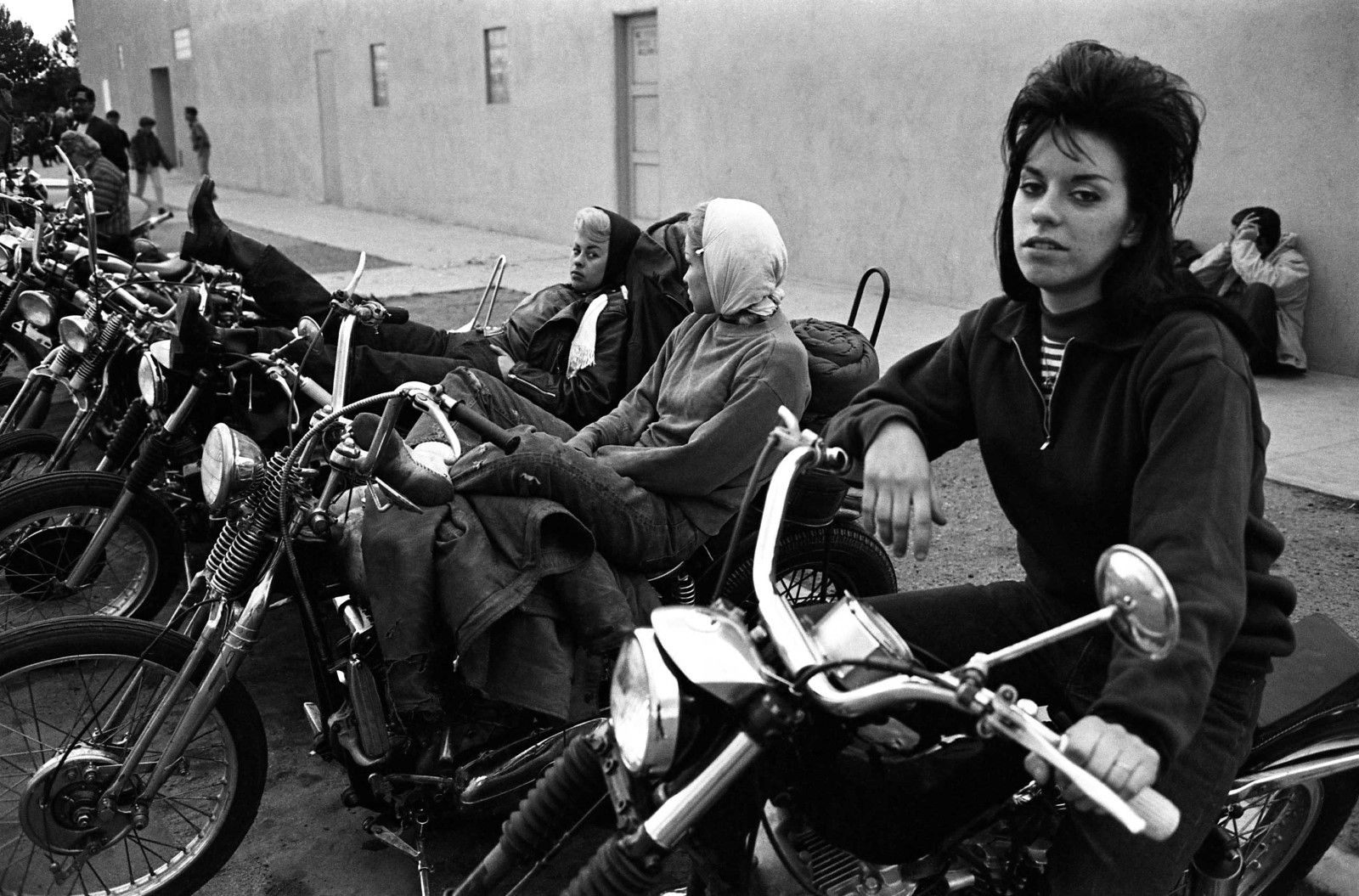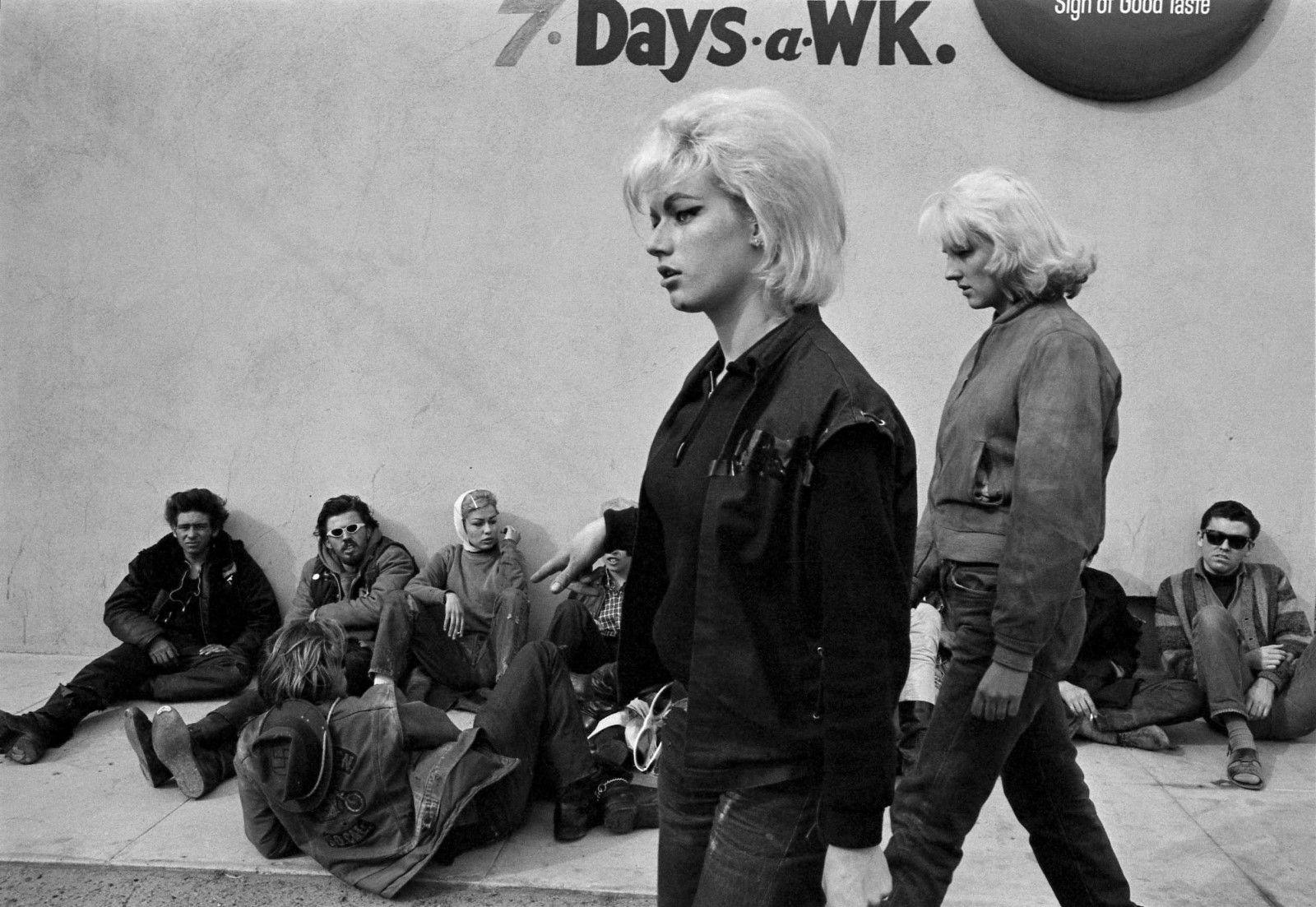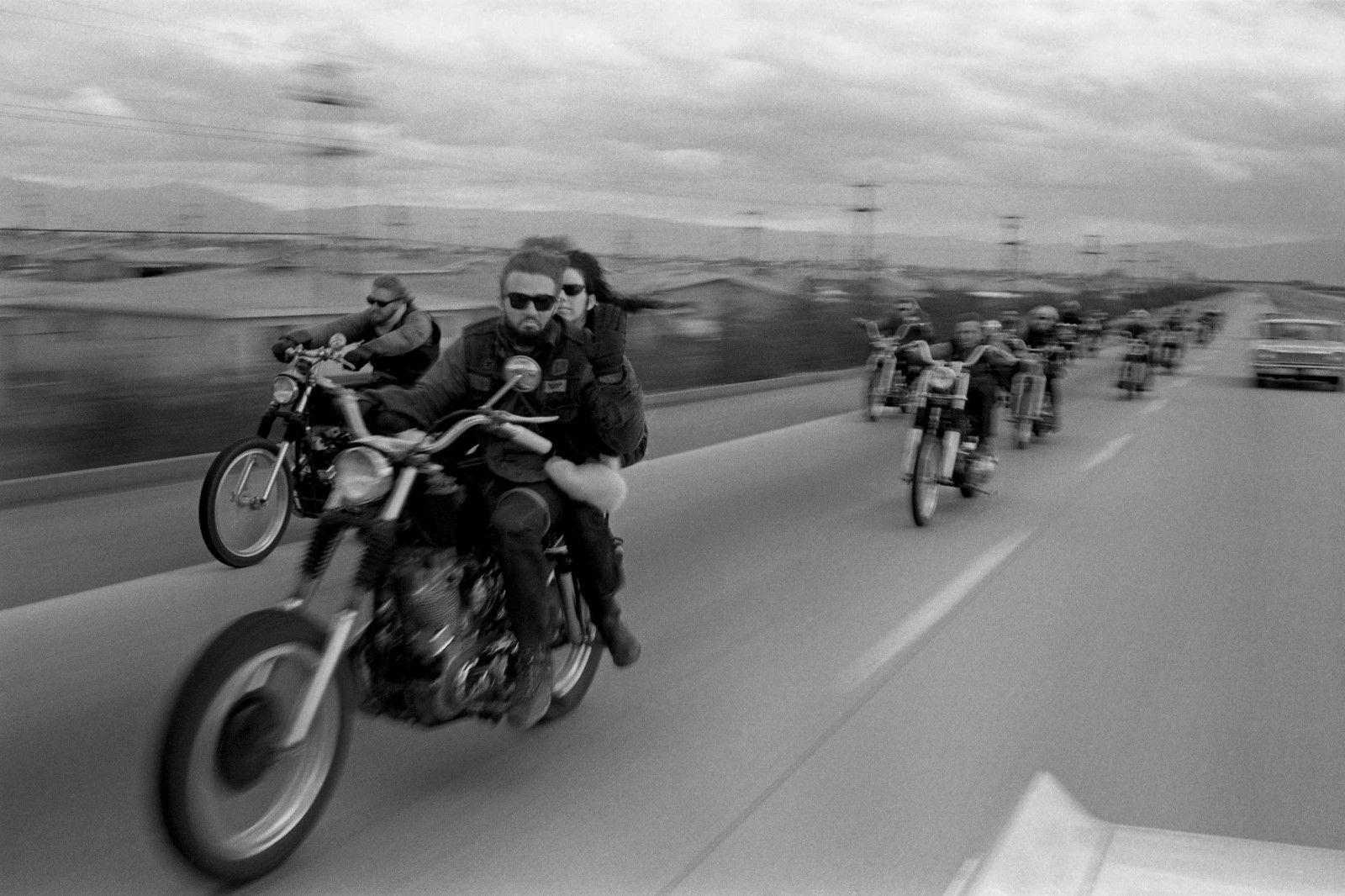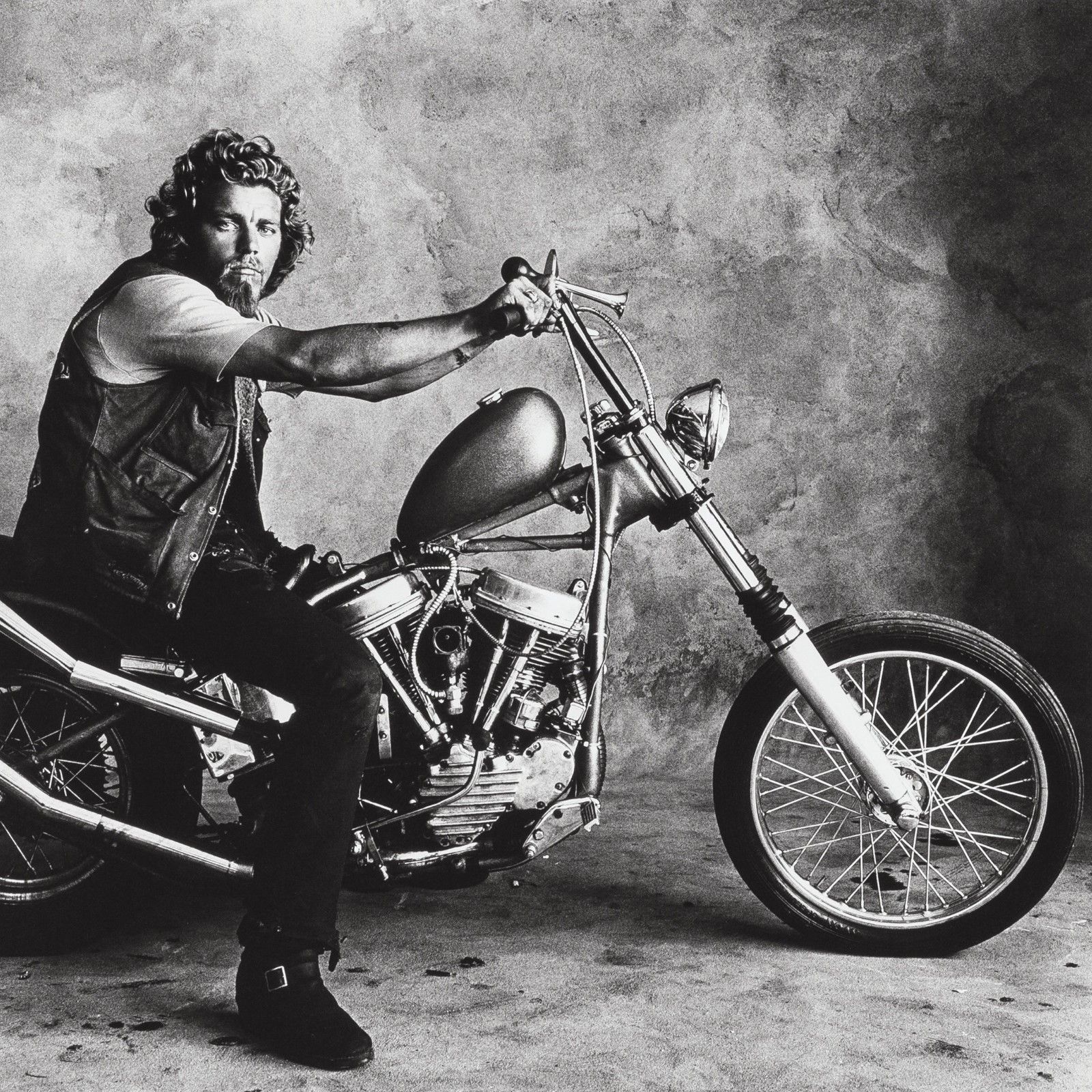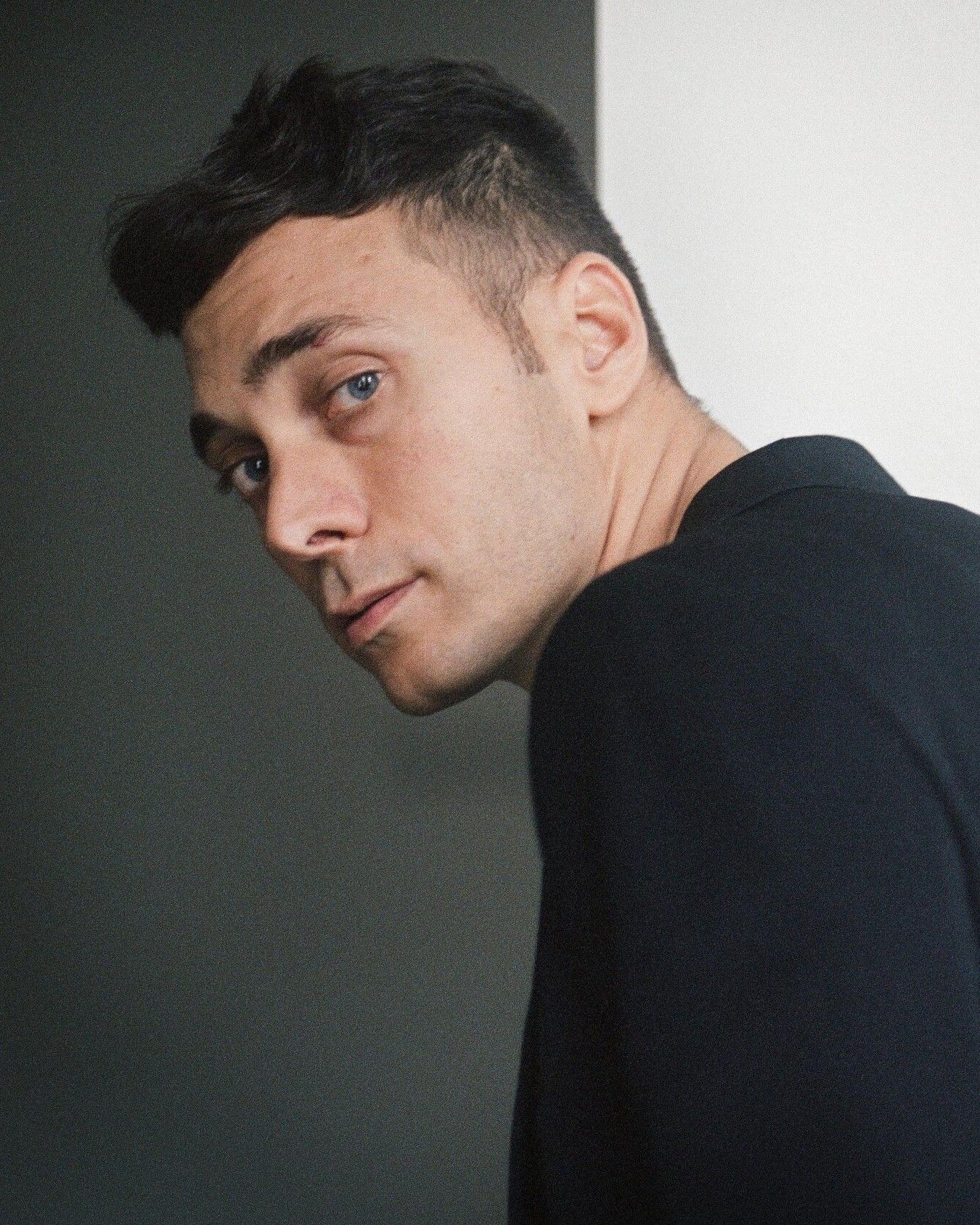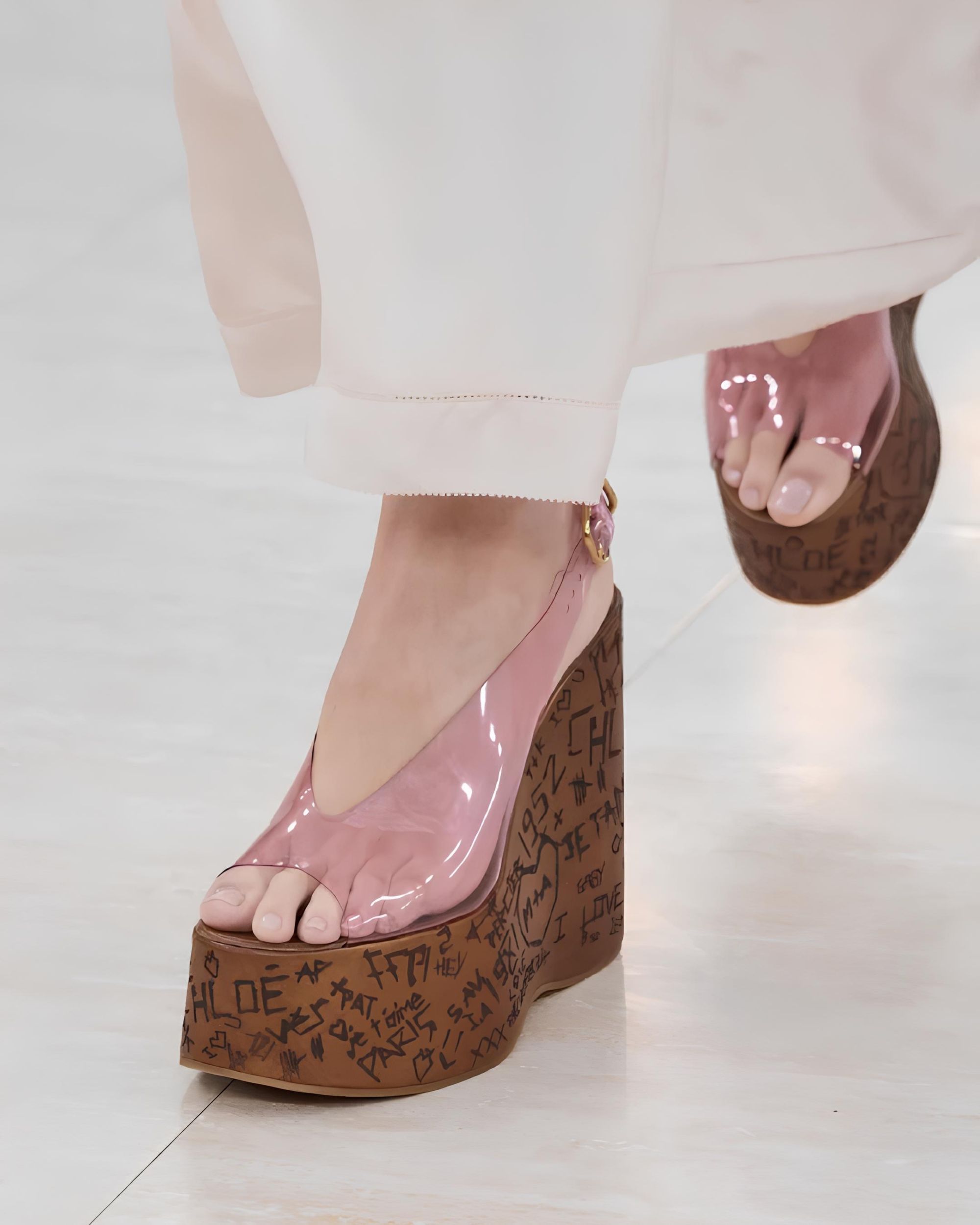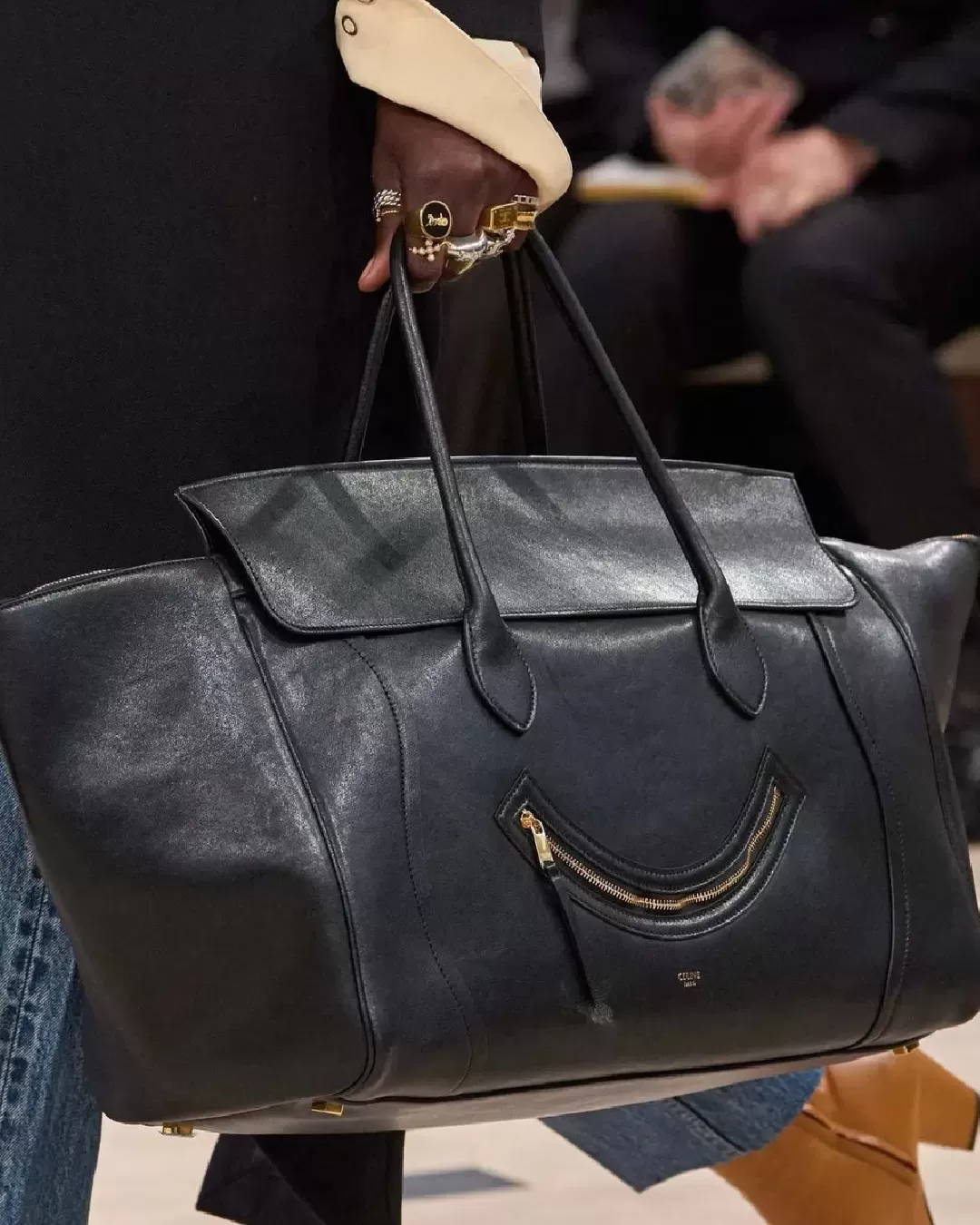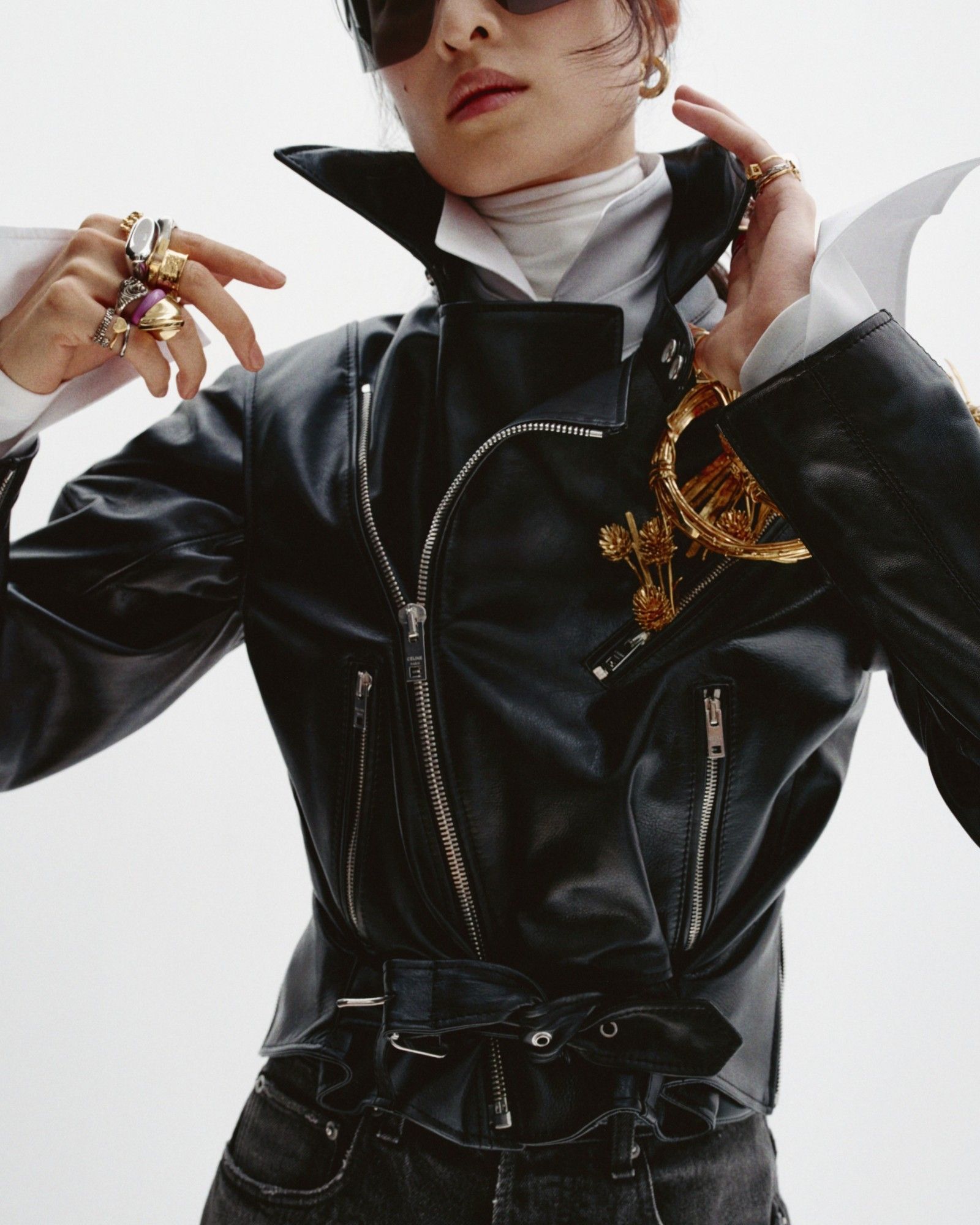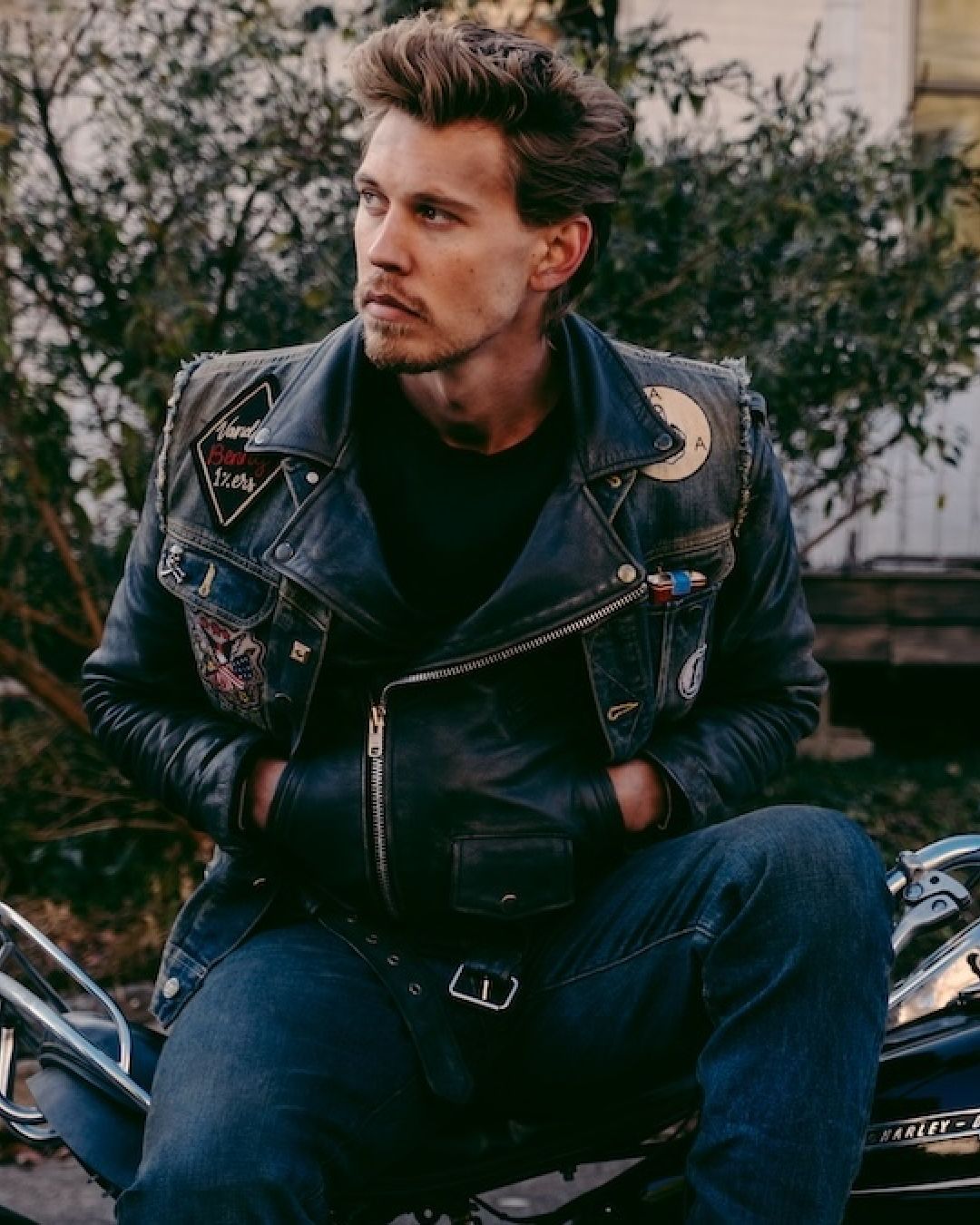
The history of the biker aesthetic After Rosalìa and Motomami, Austin Butler and Motopapi
Two days after the Italian cinema release of The Bikeriders, a film based on Danny Lyon's photo book, directed by Jeff Nichols and starring Austin Butler and Tom Hardy, we can glimpse in the scenes depicting the subcultures of late 1960s America the return of an aesthetic that was hyper-celebrated in the fashion world. Starting in 2022, with the release of Rosalìa's Motomami record and the appointment of Harley-Davidson's new creative director, Louise Goldin, leather studs, full-face helmets and the colour red fire have received a surge of interest from the fashion industry, but the world of biking had a gigantic influence on fashion long before, with Saint Laurent's Motorcycle Jacket or the evolution of style in the LGBTQ+ world. It remains that since the first notes of Rosalìa's studio album echoed in the headphones of the designers of the major fashion houses, the aesthetic has been practically rewritten. With the arrival of The Bikeriders on the big screen, we find ourselves facing its great comeback.
The so-called biker fashion as we know it is all the product of a film starring Marlon Brando, The Savage, directed in 1953 by László Benedek - in the film Brando wore the Perfecto created in 1928 by Irving Schott. In The Wild One, the character of the biker made his first appearance, a new outlaw, a relative of the cowboy, who lived a life on the edge in the morose 1950s. Essentially, biker fashion hasn't moved from the blueprint created by Brando in that decade - going strong with cult movies like Easy Rider (1969), Mad Max (1979) and The Loveless (1981) to the recent success of series like Sons of Anarchy and Mayans M.C.
The only two notable additions to the original style occurred in the 1960s and 1970s: in the 60s motorcycle clubs such as the famous Hell's Angels began to customize vests and jackets decorating them with their own insignia and structuring around the motorcycle (often a Harley-Davidson) their entire lifestyle, reinforcing the binomial biking/crime; the second occurred when the Ramones, during the 70s, introduced the Schott Perfecto in the punk uniform, consecrating its heritage for decades to come. In the meantime, the biker aesthetic had expanded into music, with Elvis and Vince Taylor or the alt-rock band Black Rebel Motorcycle Club, and even into comic books, with the launch of the Ghost Rider character in Marvel comics in 1972.
Throughout this time, amidst ups and downs, Harley-Davidson had not only become the leading motorcycle manufacturer in the U.S. but had begun to expand into the lifestyle arena. The interesting fact here is that the leather jackets we normally associate with riding replaced wool as protective outerwear in the 1920s, as motorcycles became faster and faster and wool did not protect against drafts. Coincidentally, the first motorcycle to exceed 160 km/h in 1921 was a Harley-Davidson which, especially after the Great Depression, remained practically the only motorcycle manufacturer on the American market and, a year earlier, in 1928, Irving Schott had created the first Perfecto - which is perhaps the symbolic pivot around which the entire biker aesthetic revolves. For its part, Harley-Davidson was producing riding gear as early as 1912 and continued to produce it throughout the following decades. During the 1970s and 1980s, Harley-Davidson's famous logo t-shirts were produced, adopting an imagery of eagles, stars and stripes, howling wolves, lightning, winged skulls and so on. In 1989, the founder's granddaughter Karen Davidson, after studying fashion design, officially joined the family business and became the creative director of the clothing line, receiving, three years later, an award from the Council of Fashion Designers of America for bringing biker fashion into the mainstream.
In 2016, according to WWD, merchandise had earned $292 million for the brand, and in the first nine months of 2021, general merchandise sales were up 14% with revenue of $155 million as part of a solid post-crisis economic recovery in 2020. Meanwhile, the biker aesthetic had found new life with best-selling products such as Saint Laurent's Motorcycle Jacket, Balmain's Biker Pants and Balenciaga's Motorcycle Bag and Celine's Biker Jacket. In February 2021, Harley-Davidson withdrew its products from Amazon to focus on "a digital and fully integrated e-commerce with our dealers," as CEO Jochen Zeitz explained. This move was the first step in a five-year project christened The Hardwire and launched by Zeitz himself, which envisions a general strengthening of Harley-Davidson's role in the market including from an apparel perspective. This brings us to today: if the craze for logos and vintage, as well as its status as an American icon, made Harley-Davison apparel appear on Kanye West, Rihanna, Justin Bieber, Miley Cyrus and Bella Hadid just to name a few, making their vintage t-shirts become a cult, the appointment of Louise Goldin and the opening of a creative studio in New York shows the desire to take this aesthetic much further.
Over the years, not even a designer as ingenious as Demna has managed to radically change the biker uniform by signing jackets and boots for Balenciaga in recent years - precisely because it is a uniform. Any update to that uniform has to come from those who fundamentally invented it, namely two possible brands: Schott, responsible for the iconic Perfecto, and Harley-Davidson itself, which represents the entire American biker lifestyle. As the world of vintage becomes more and more important for its inherent realness, film, fashion and music celebrate its aesthetic, bringing it back to the forefront.










































